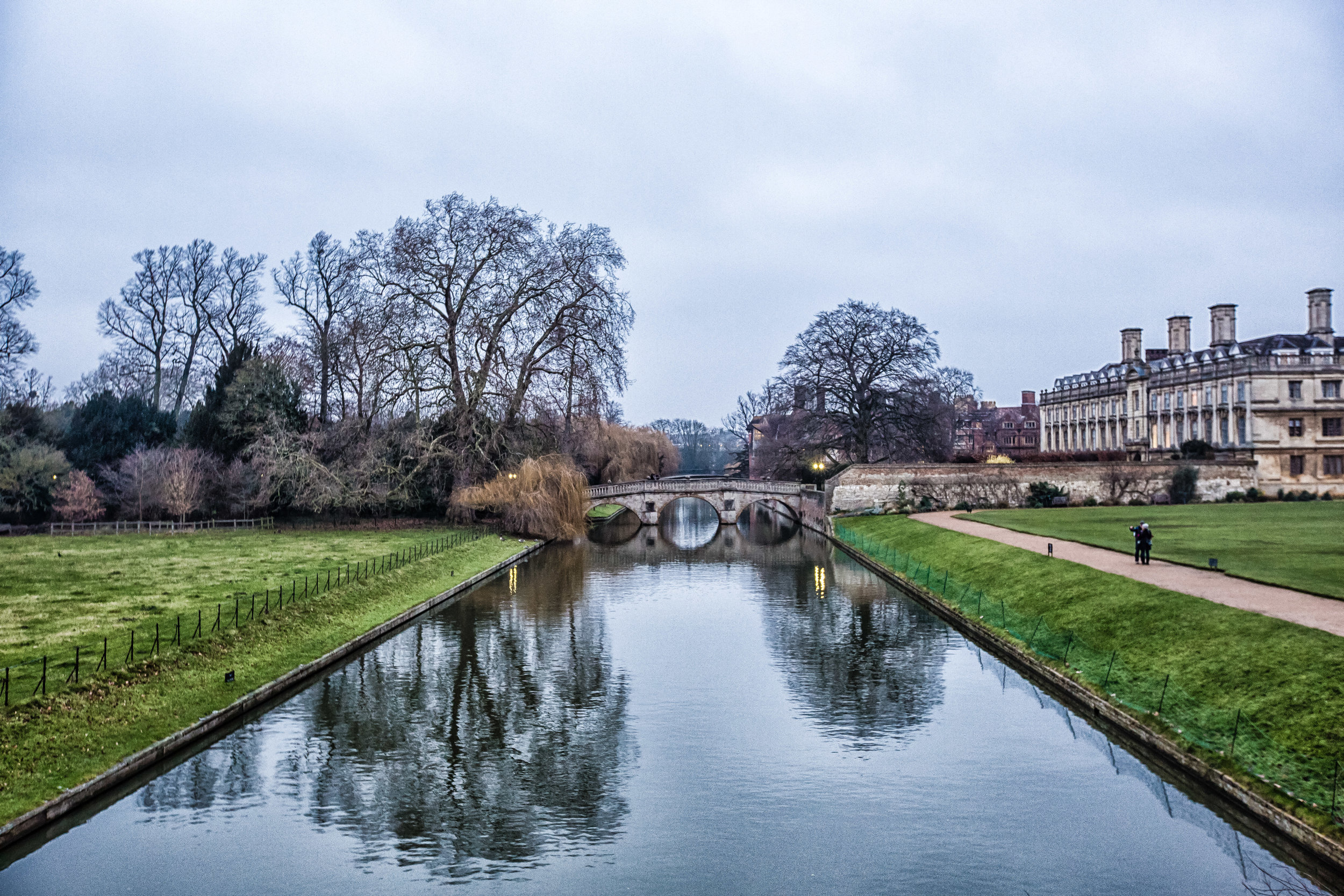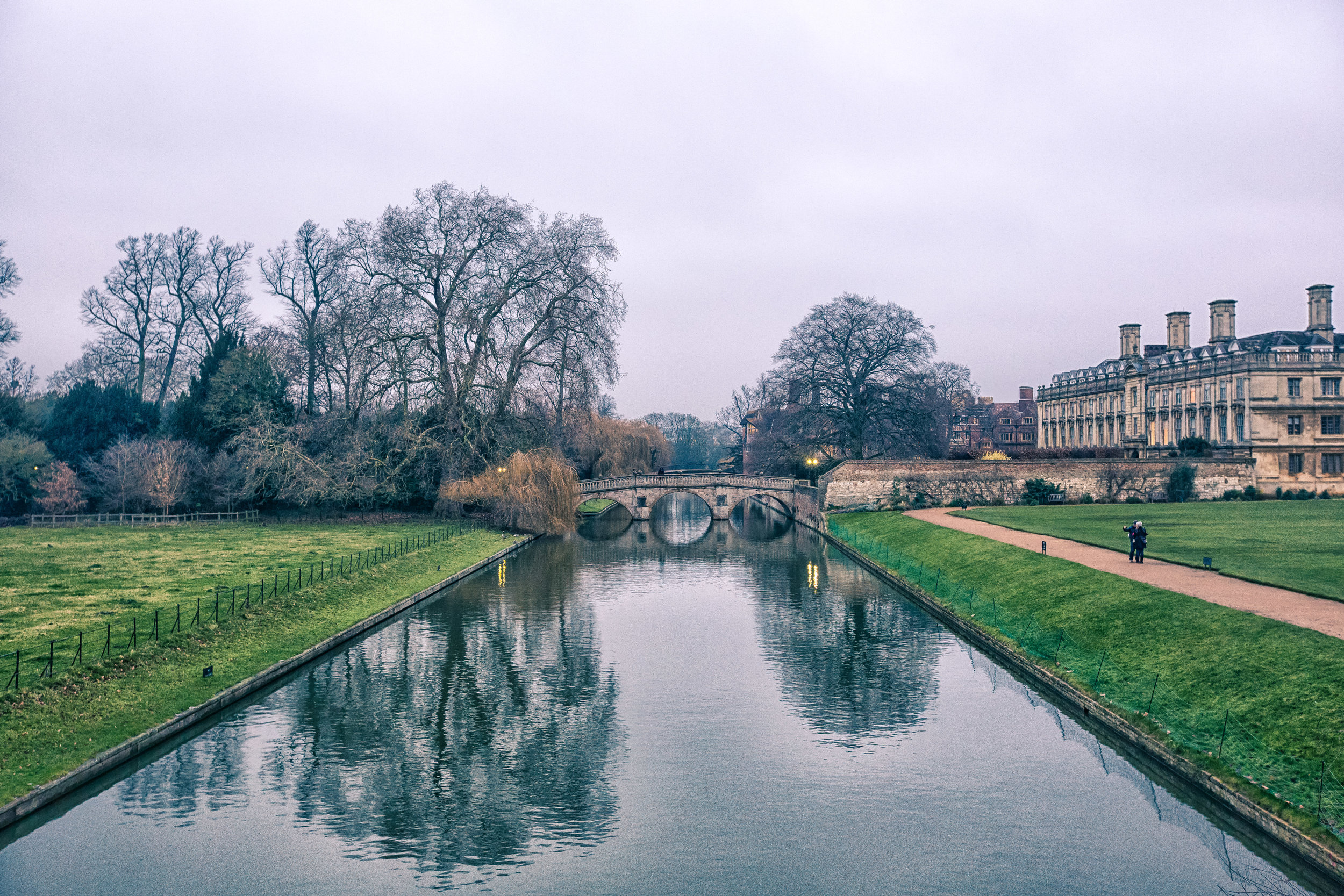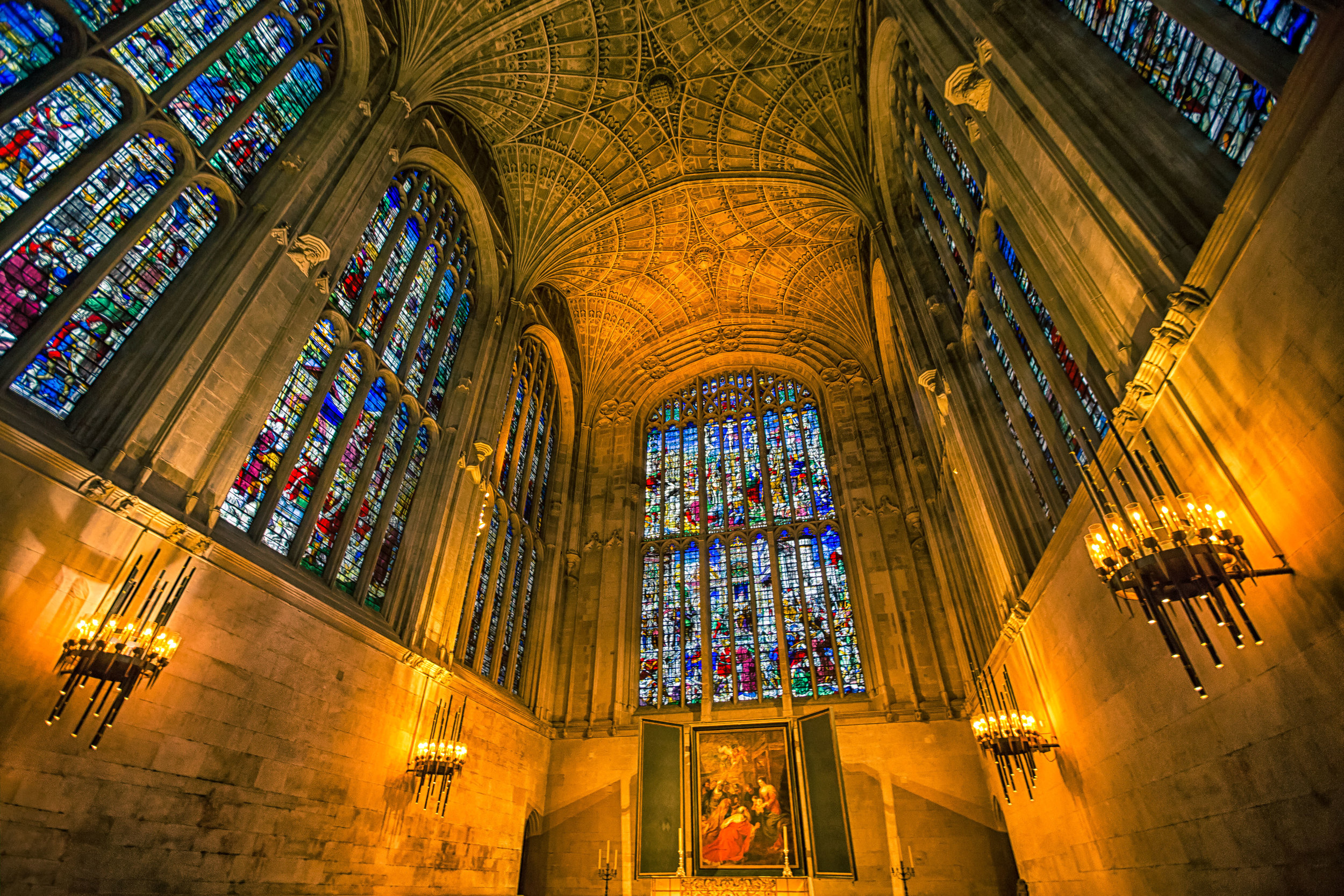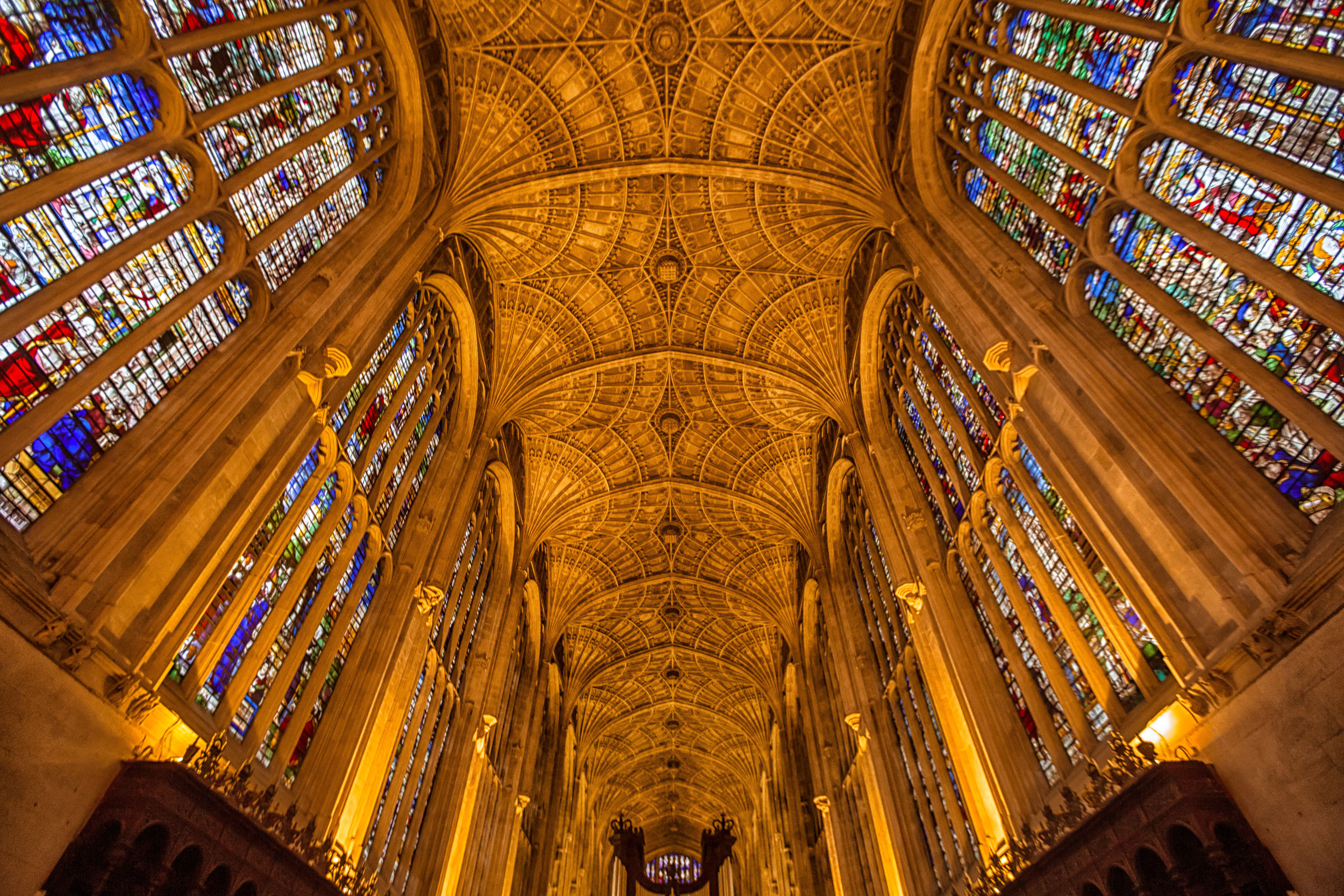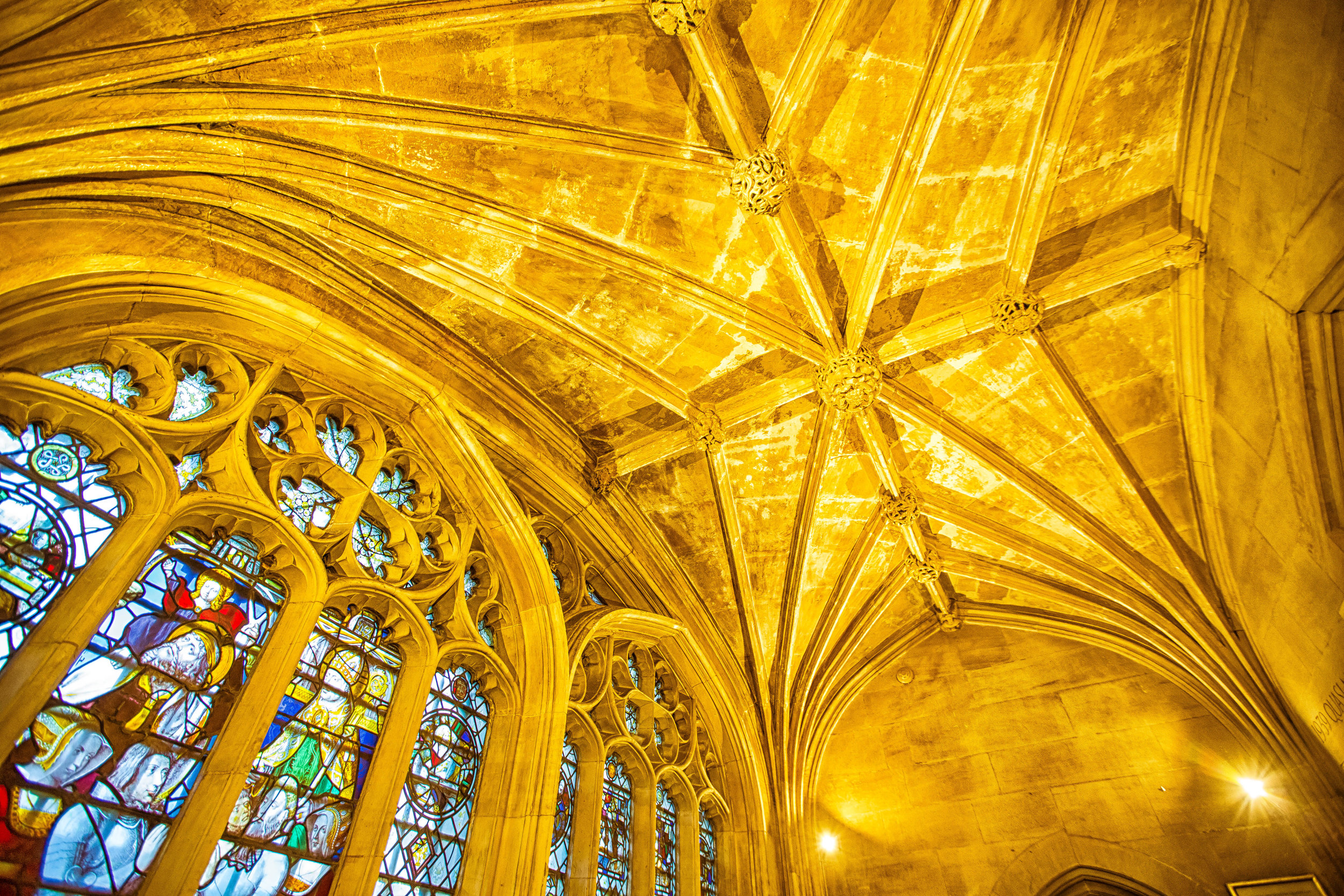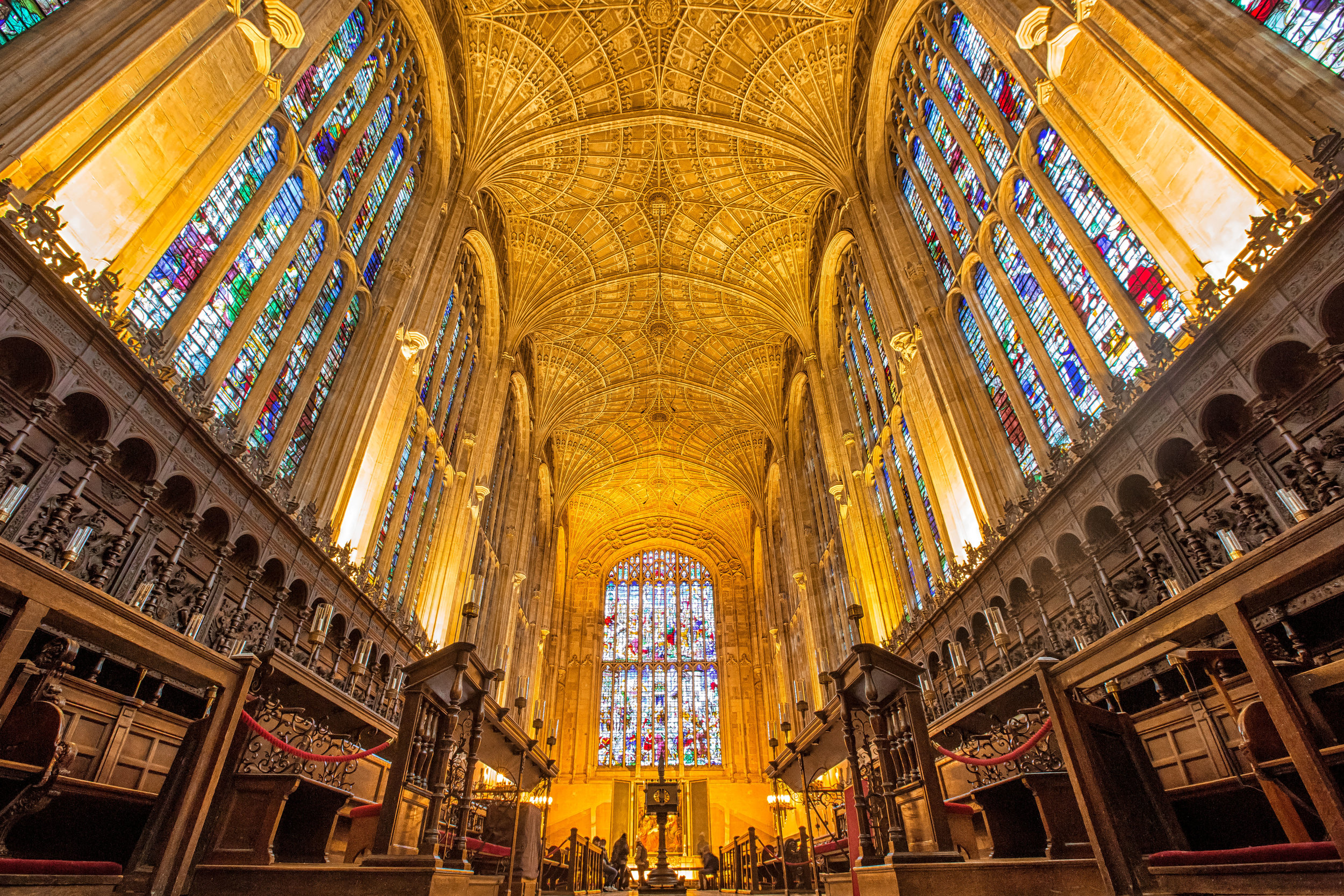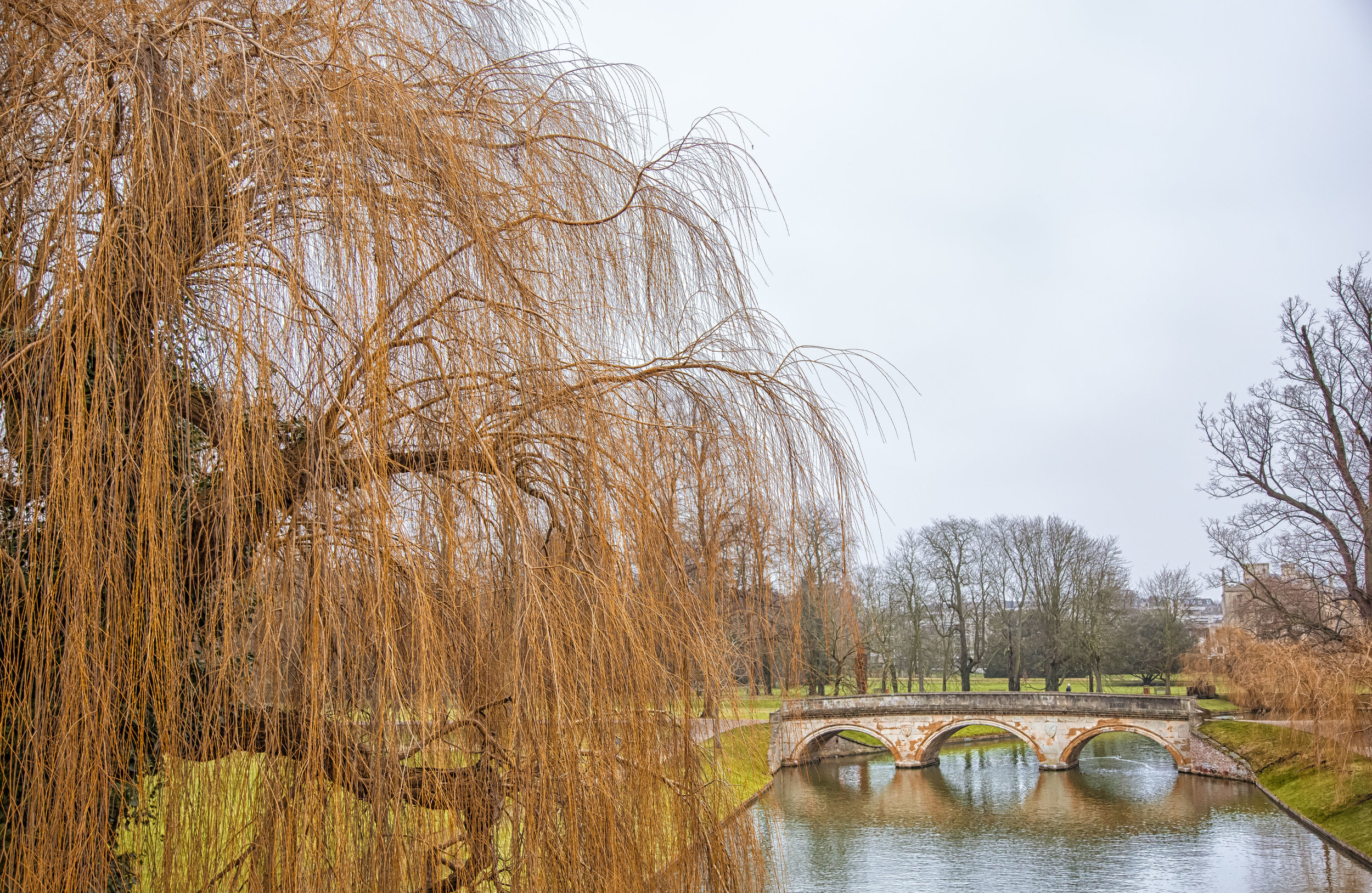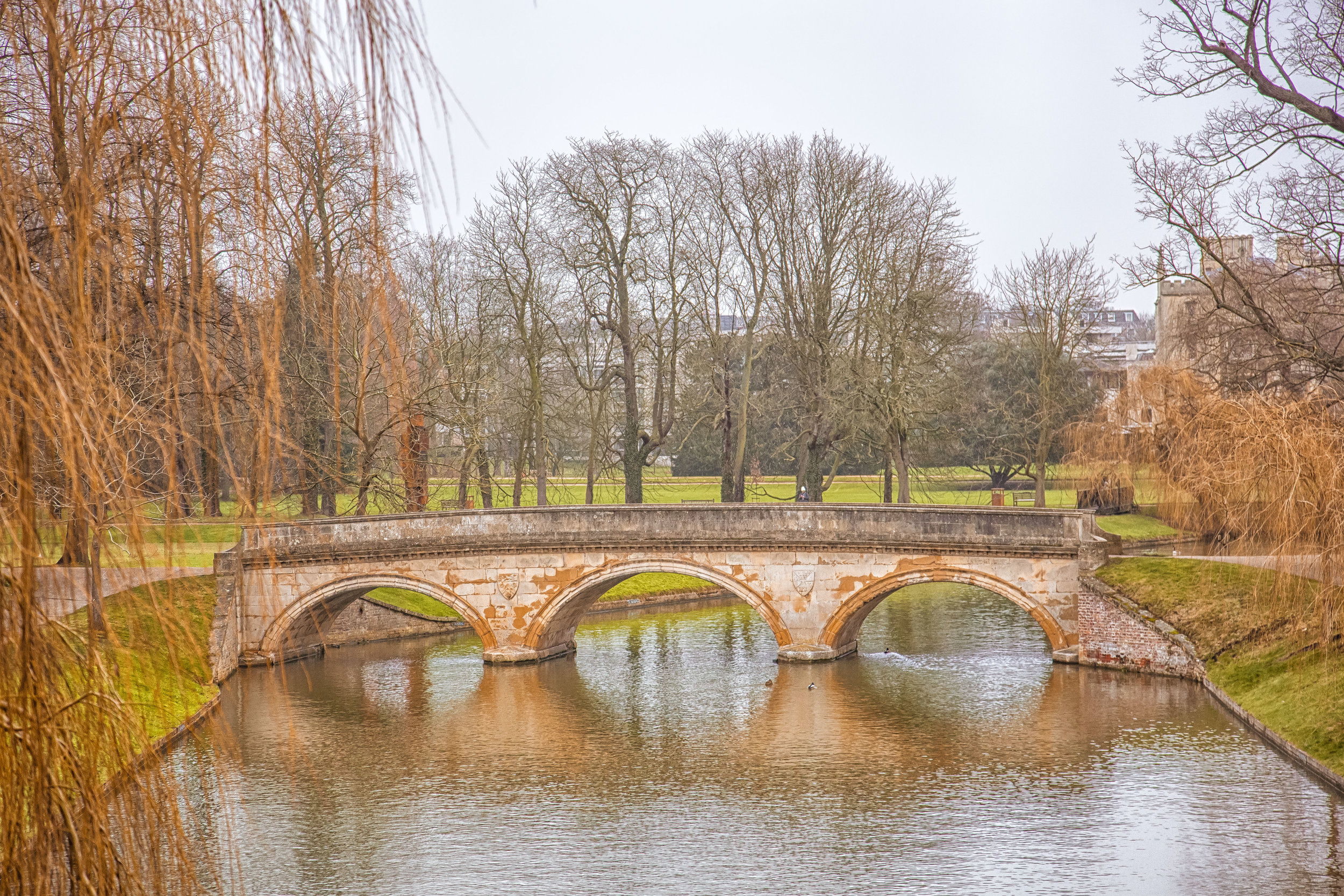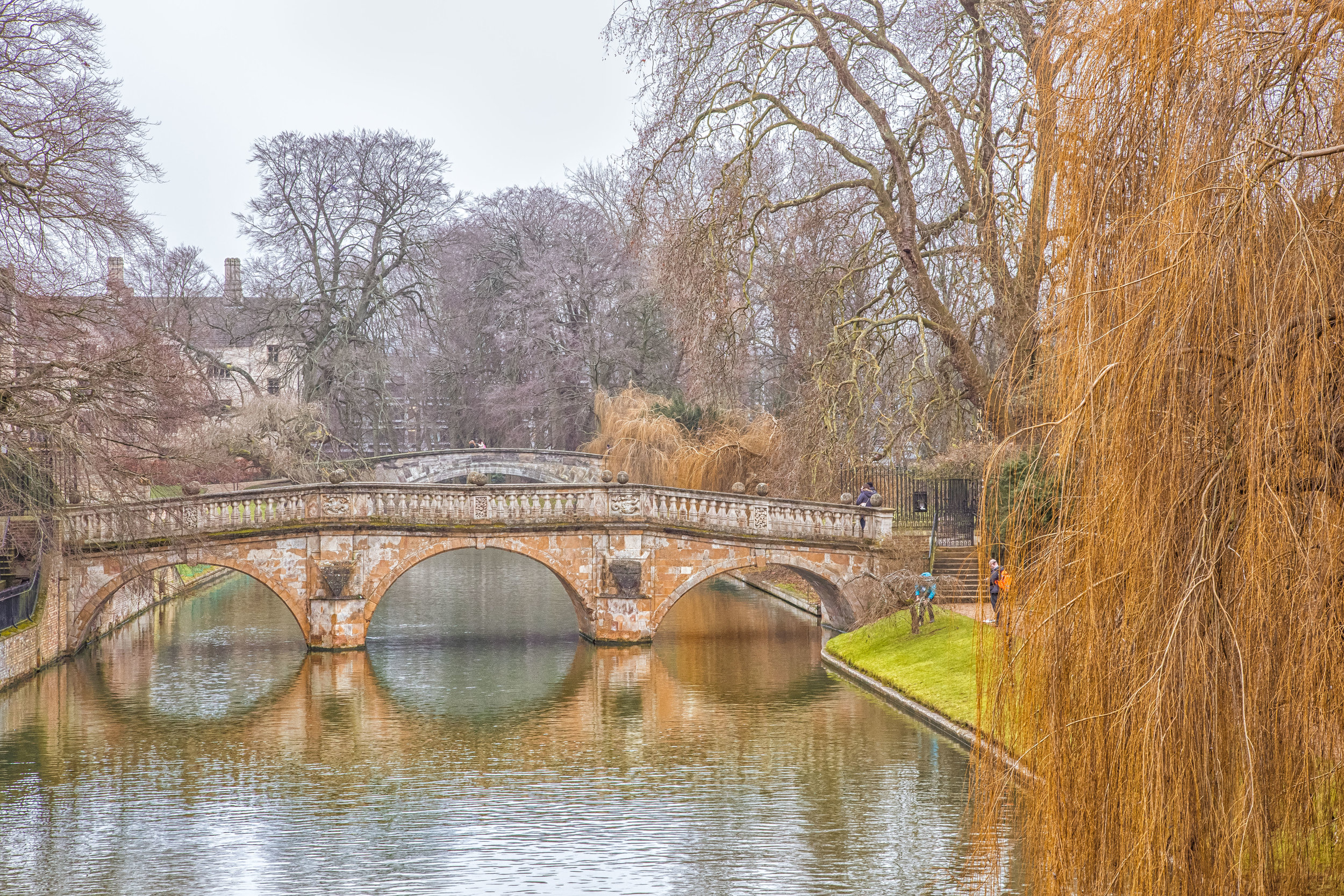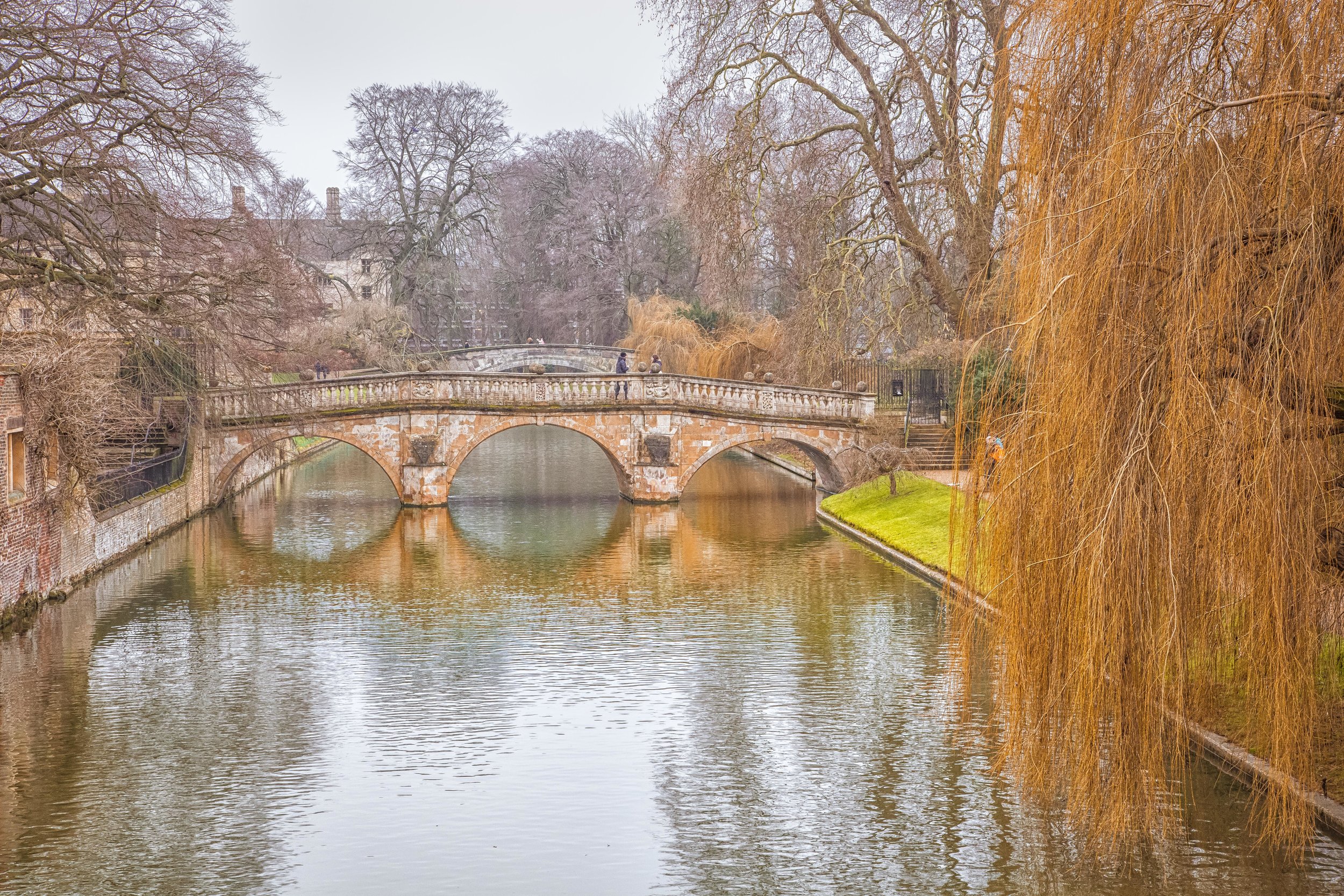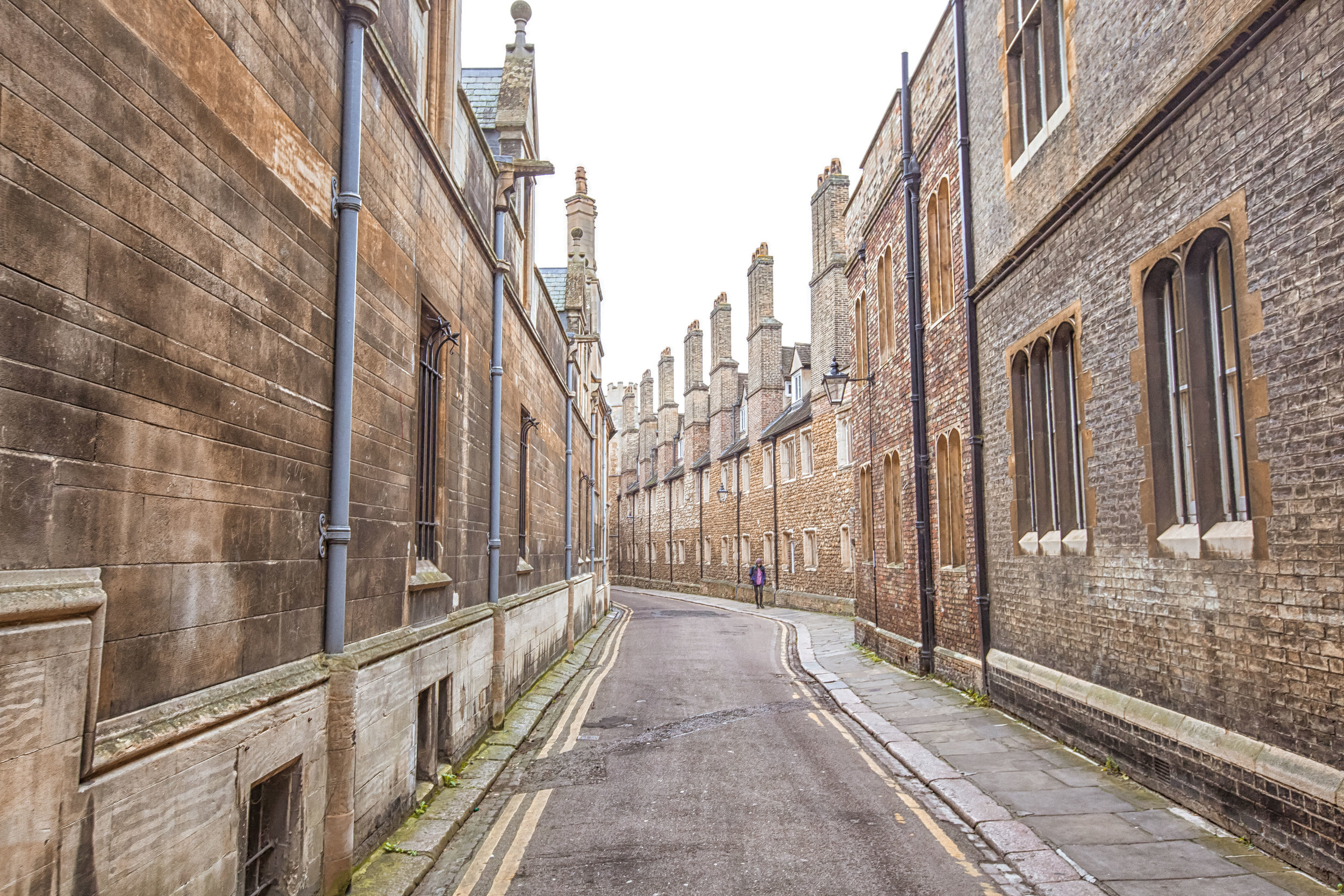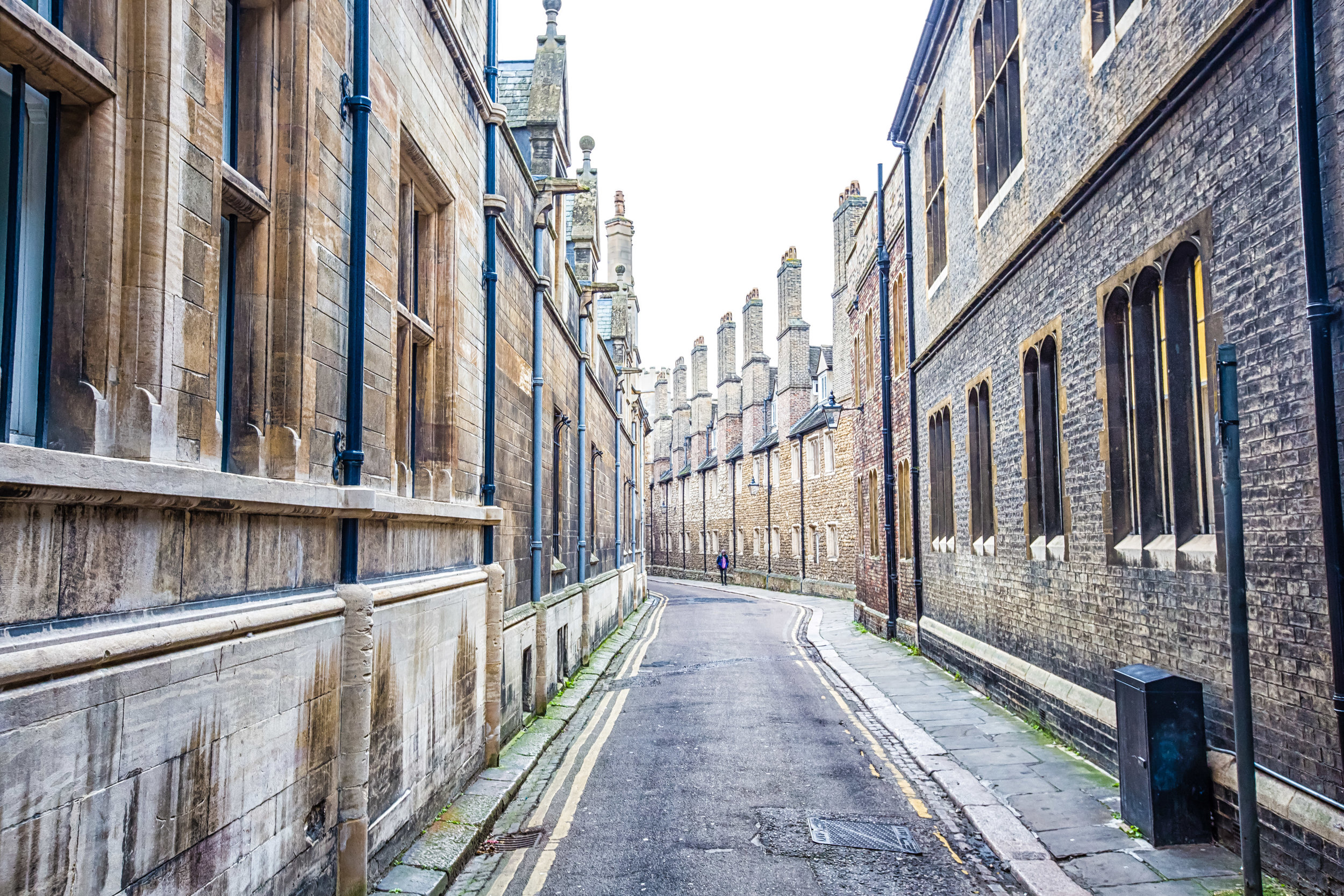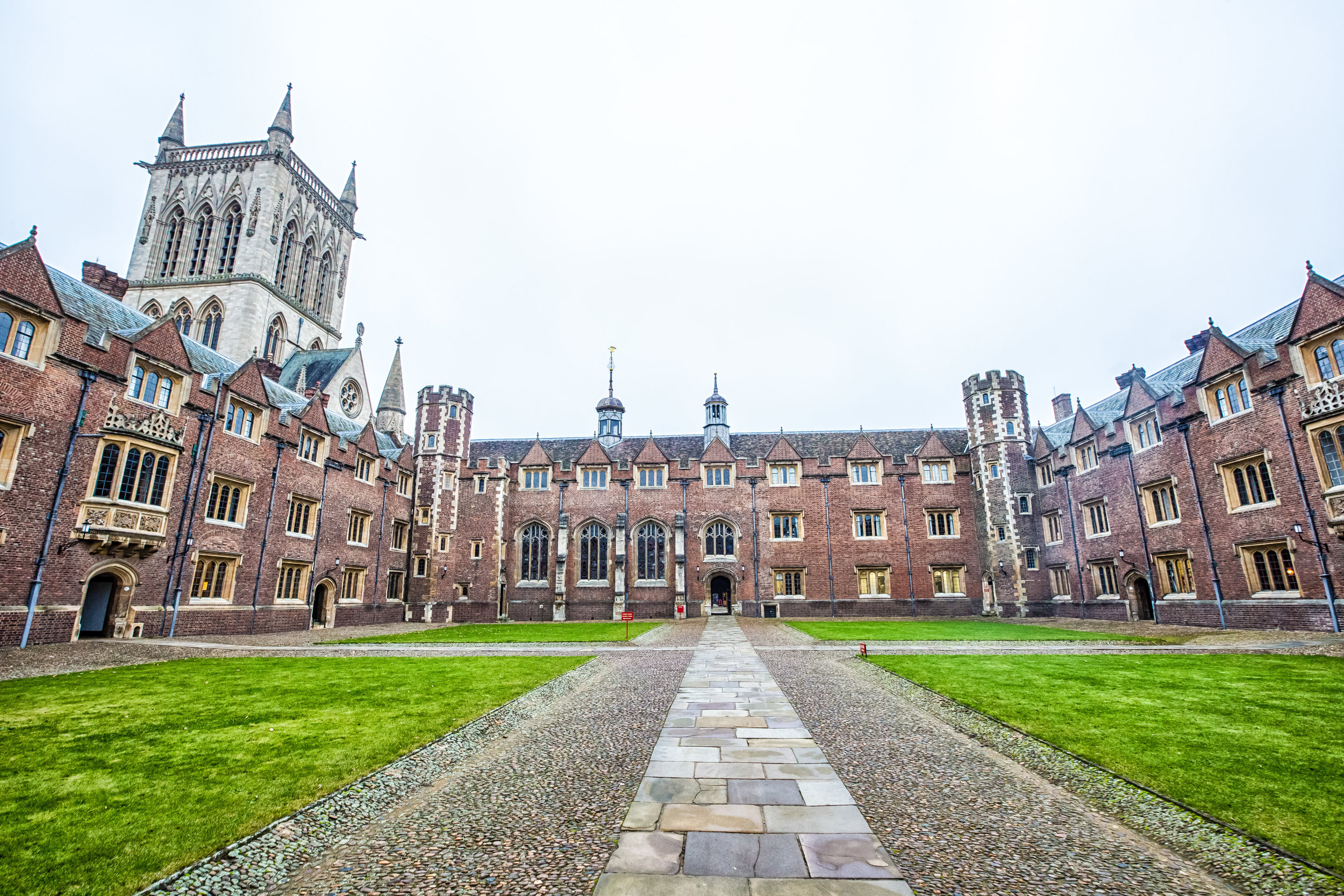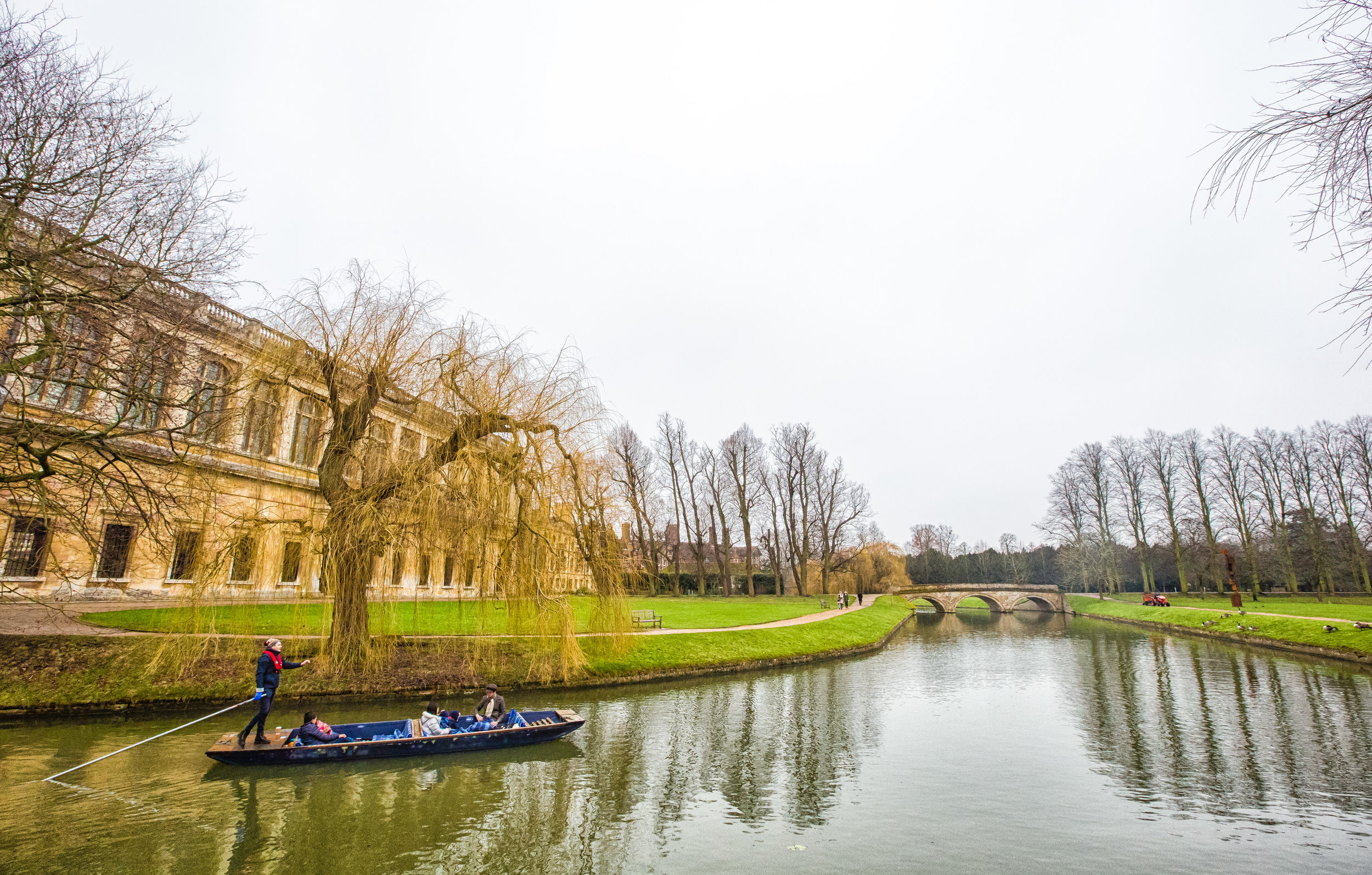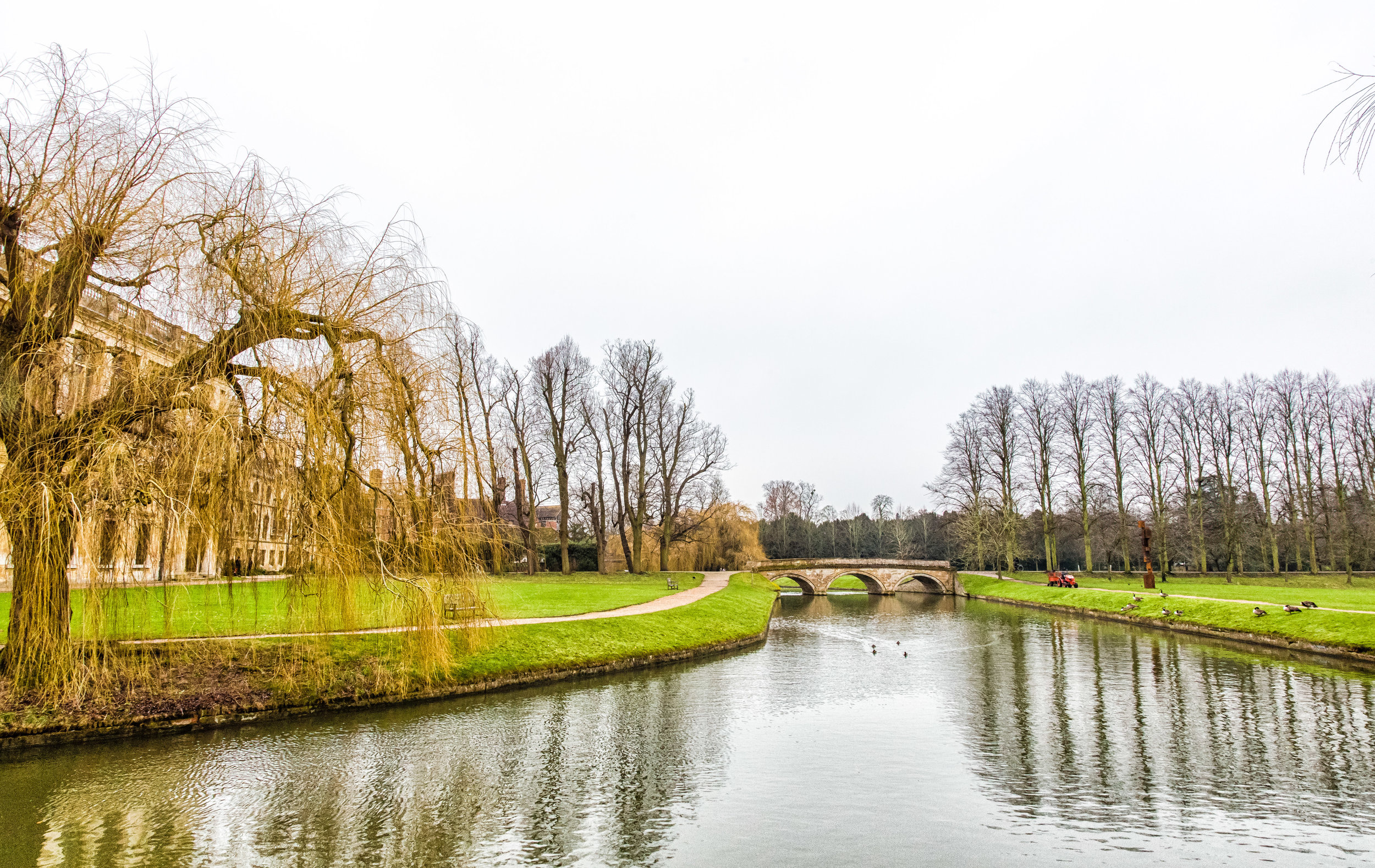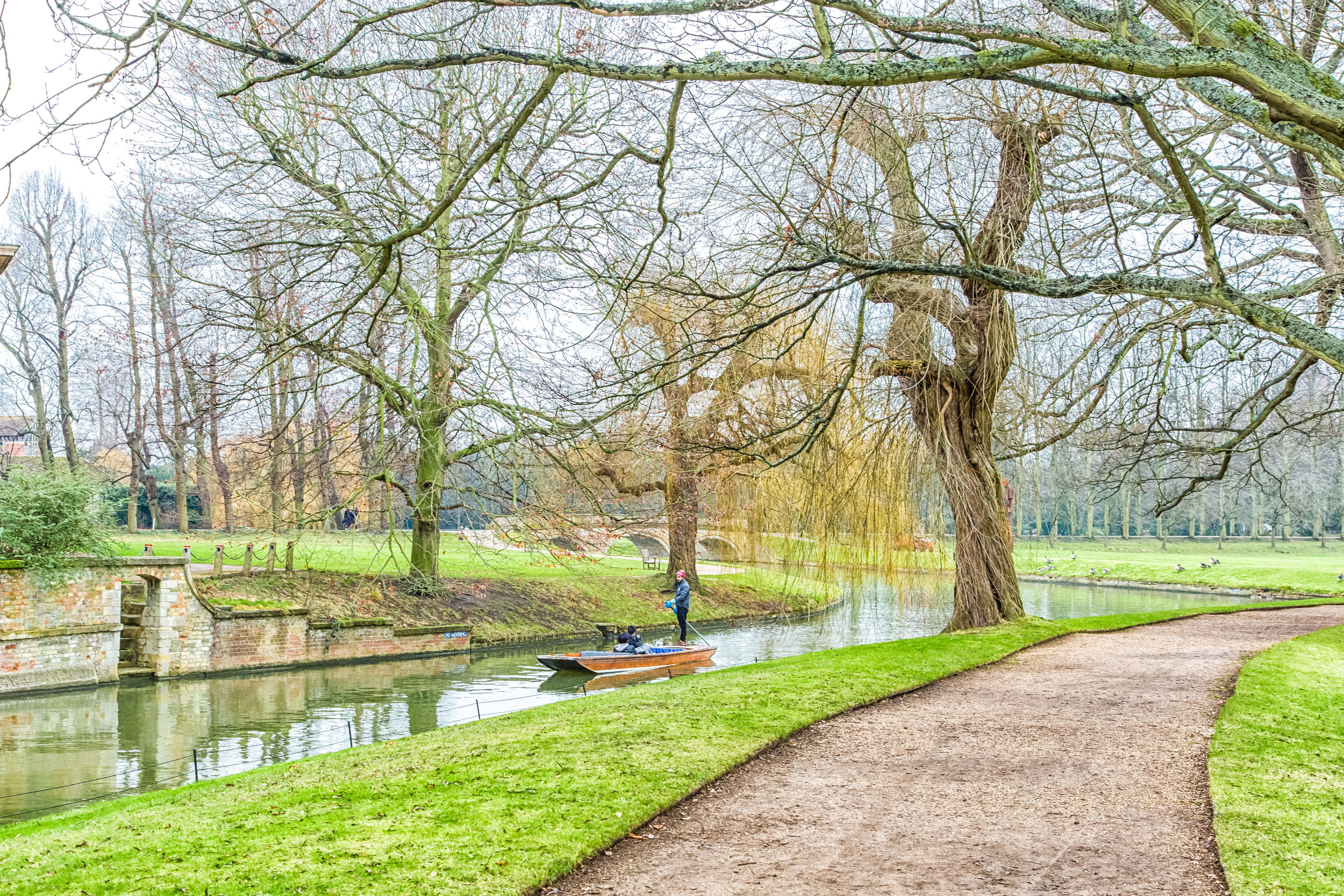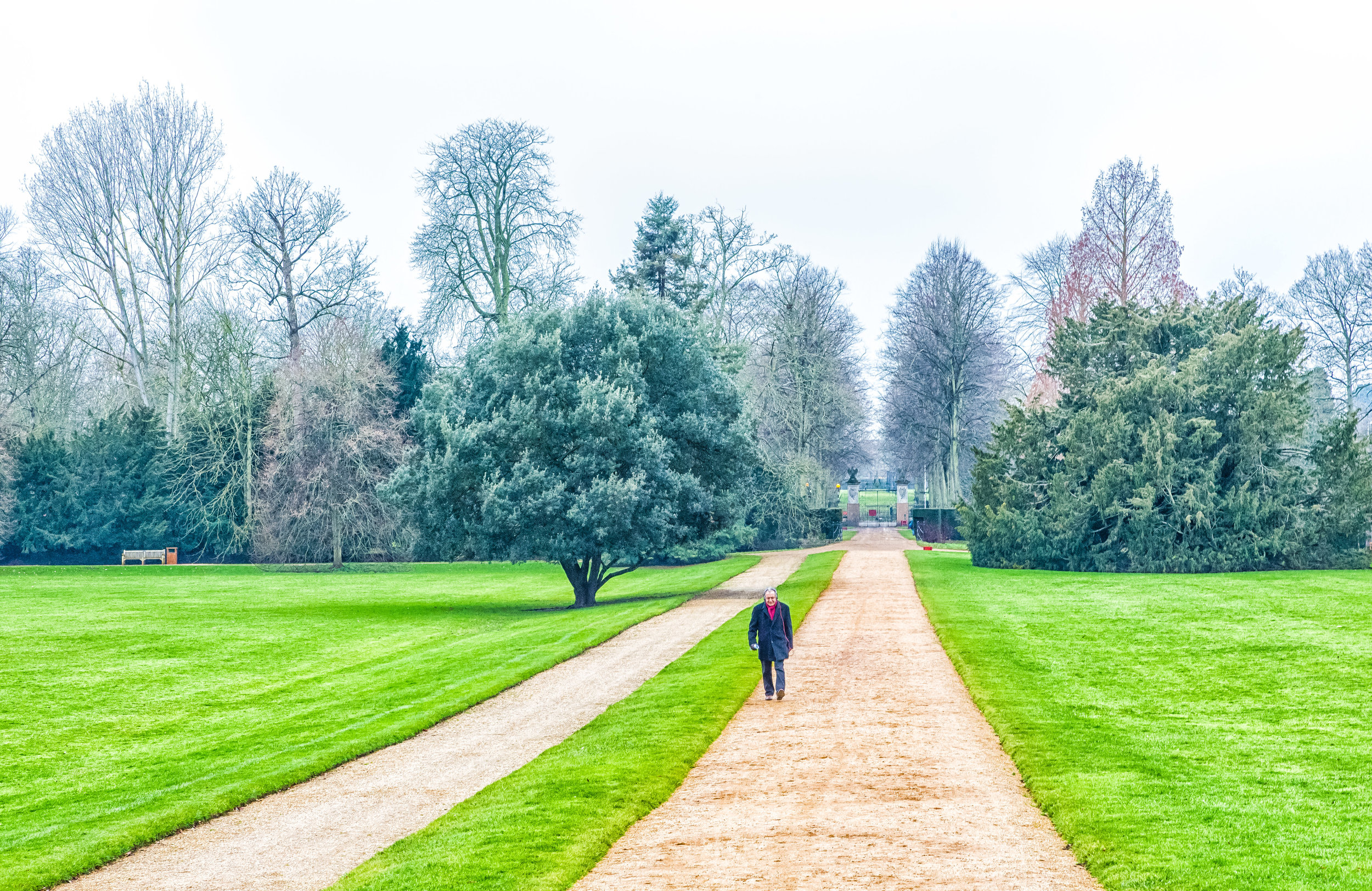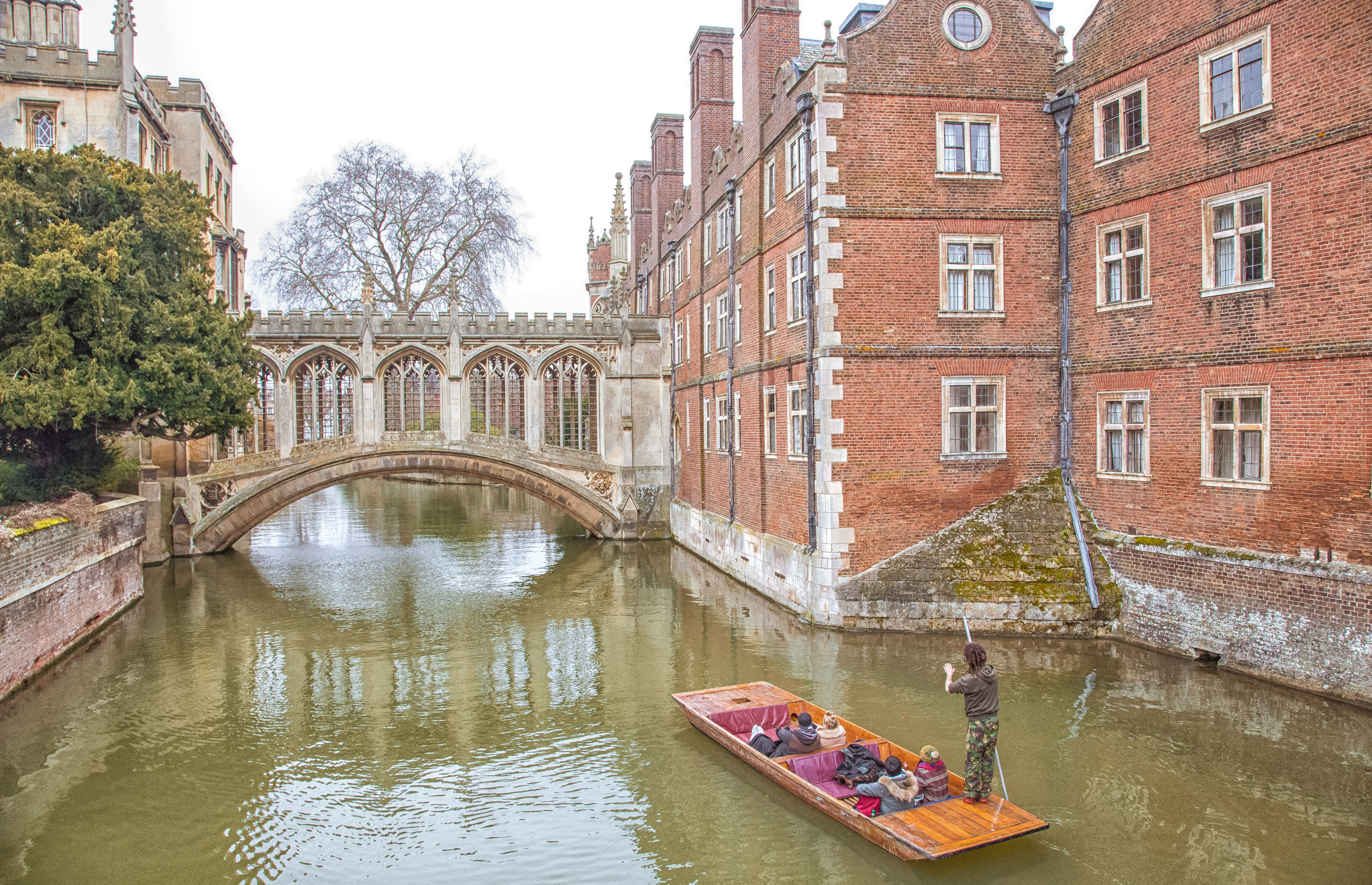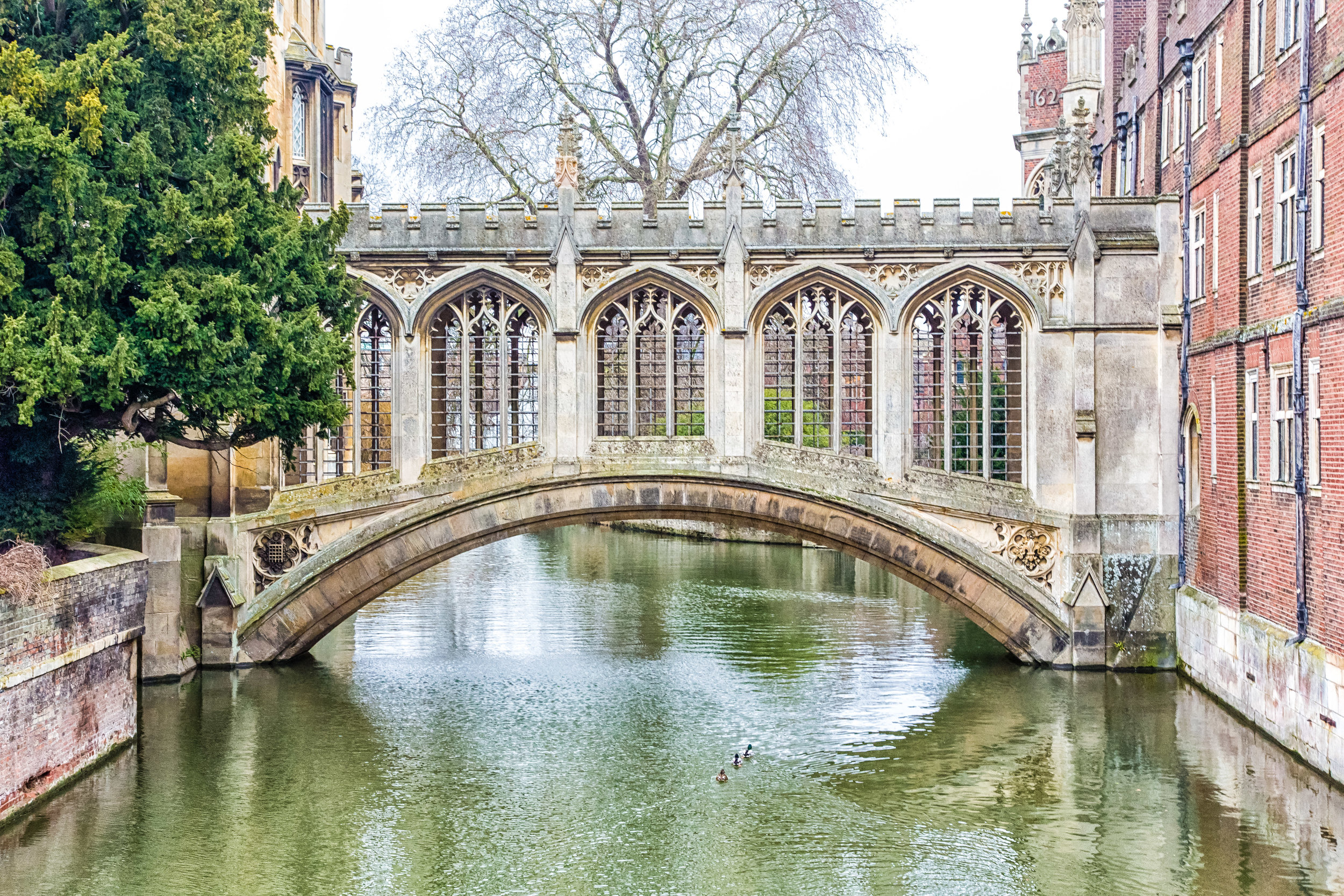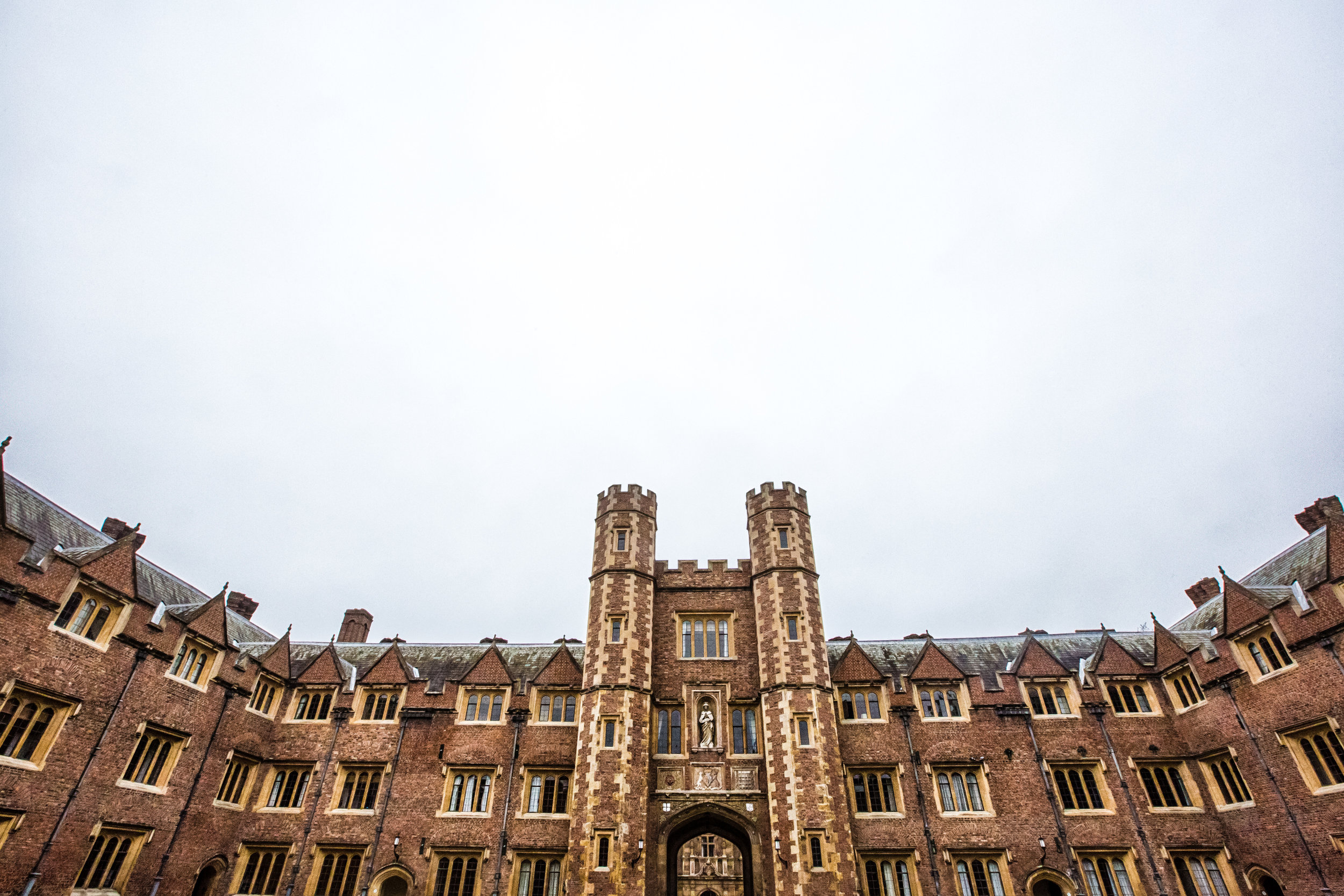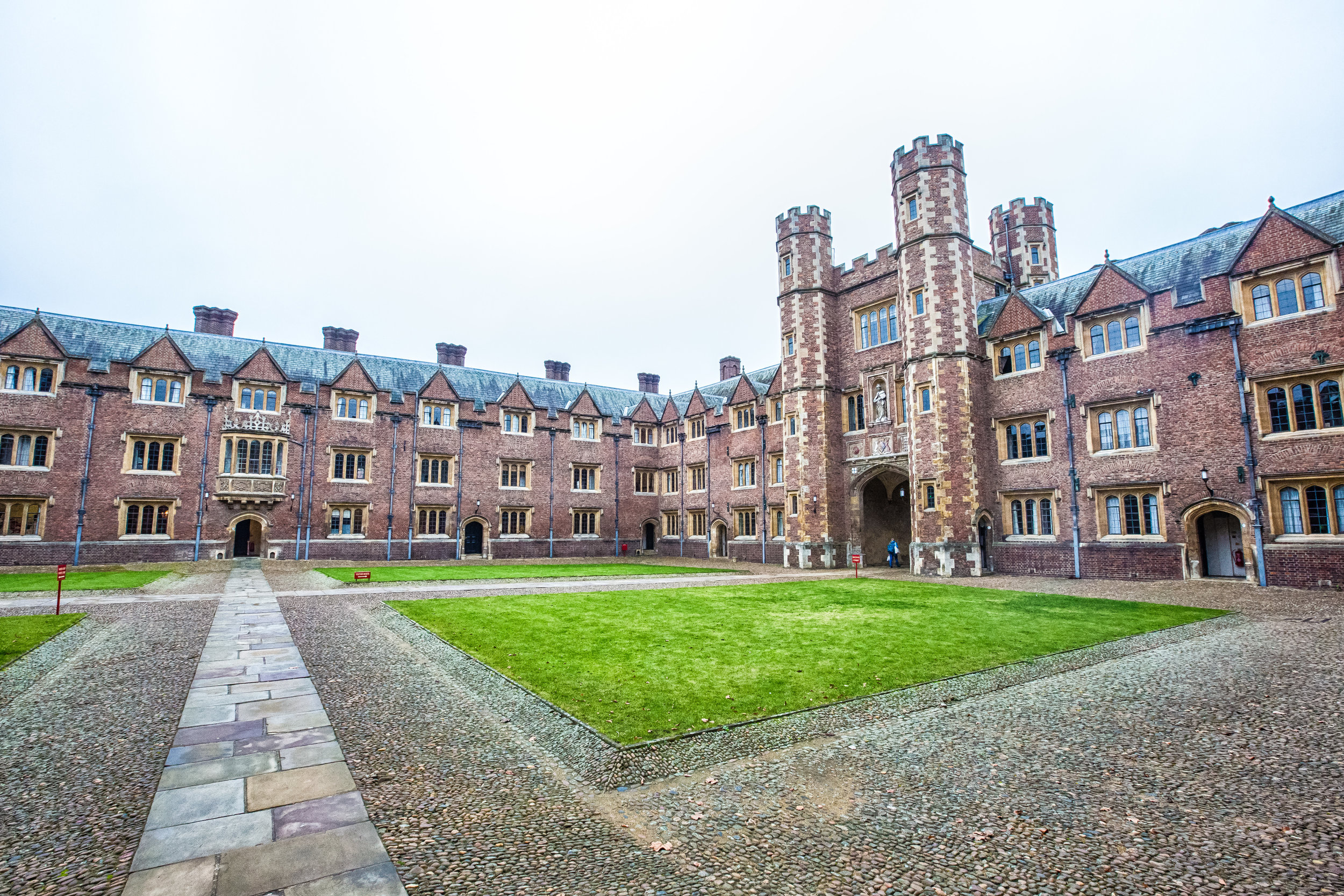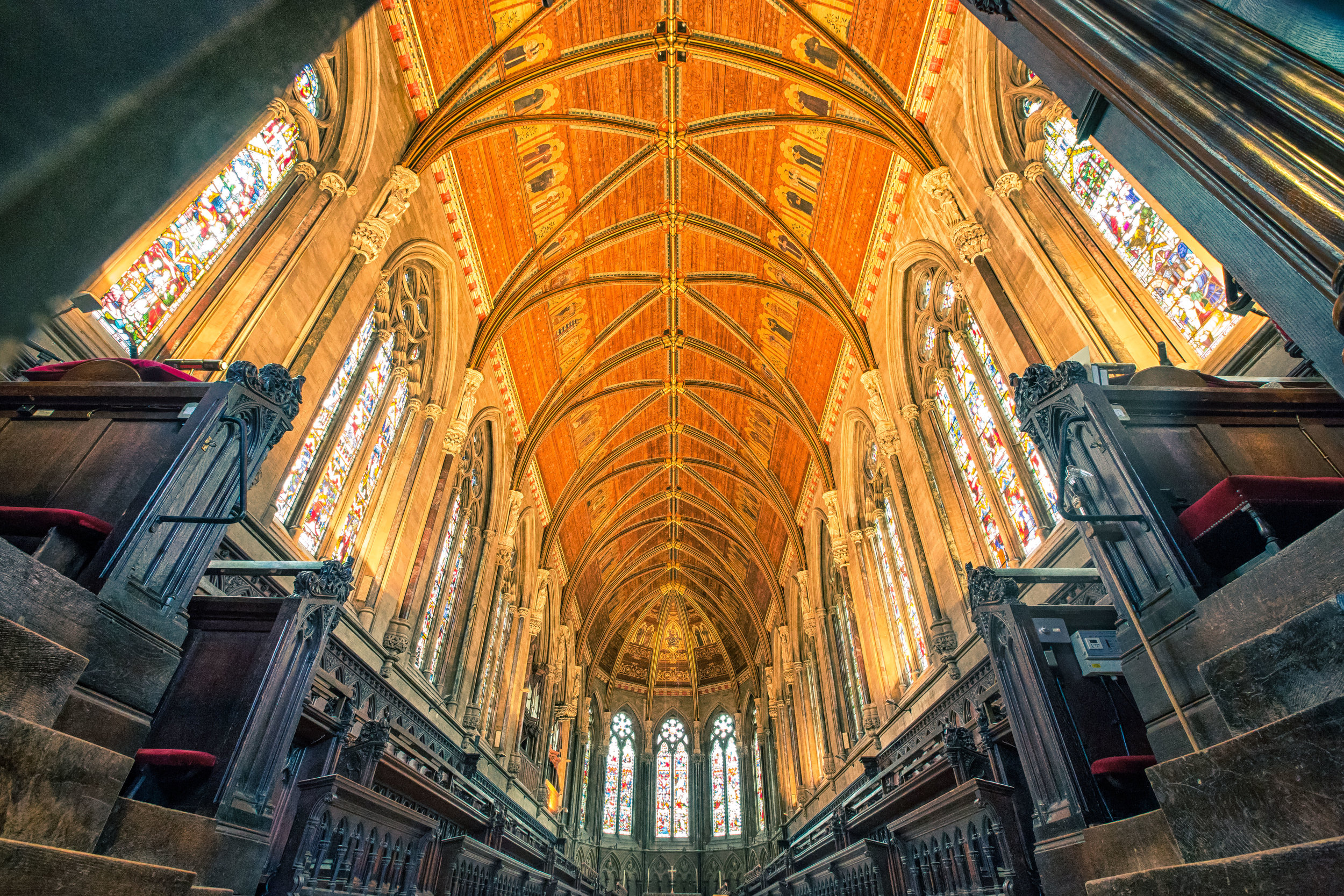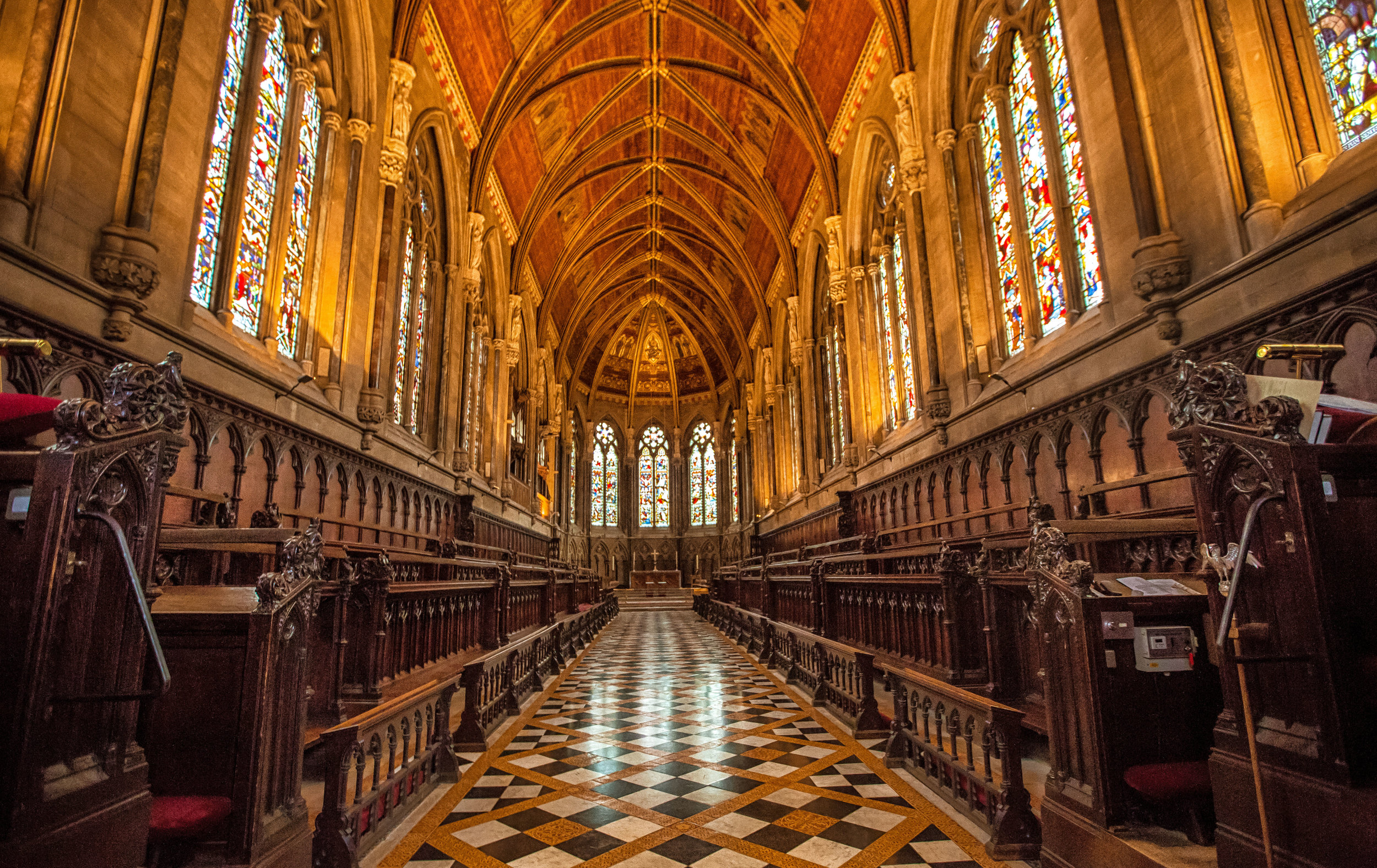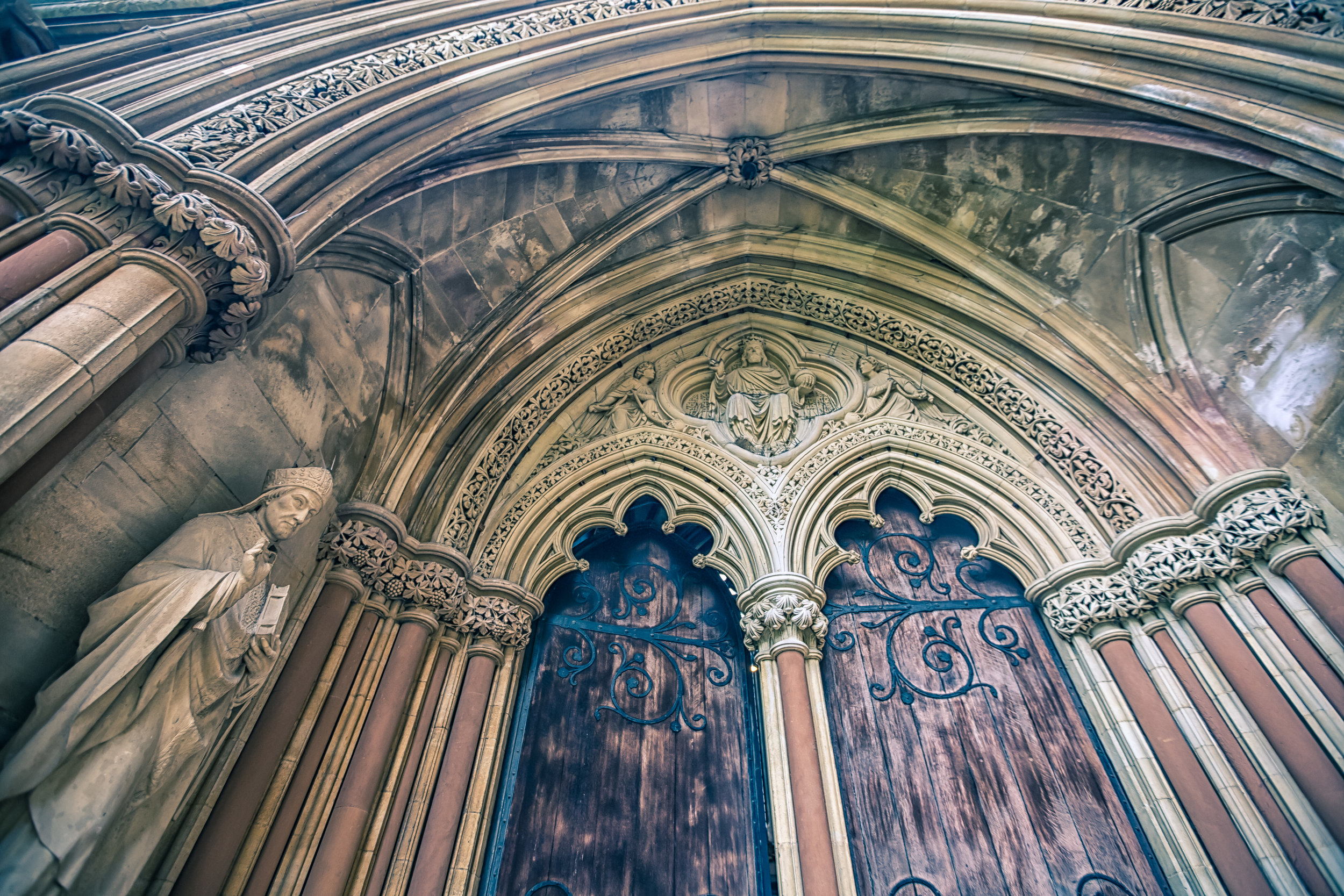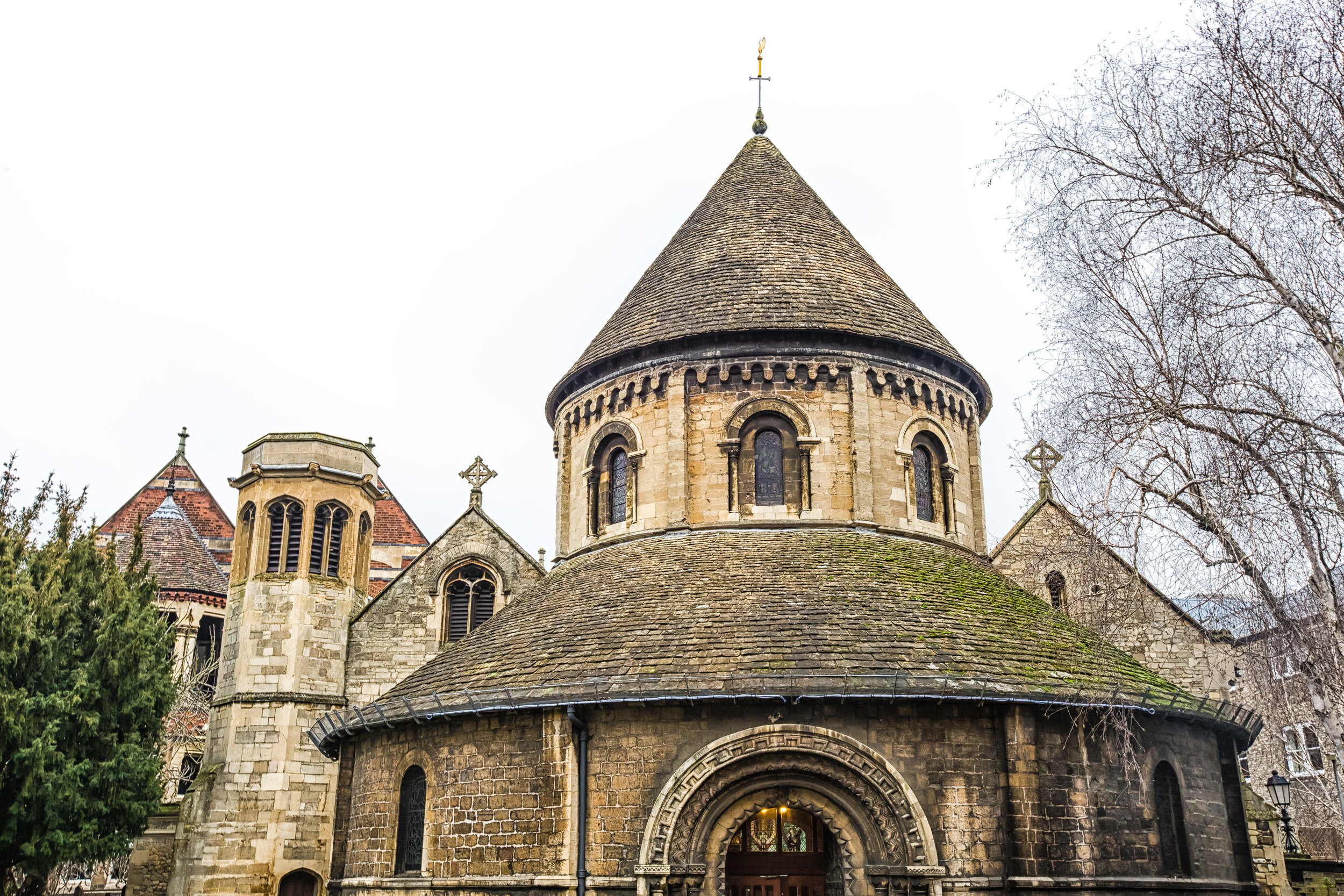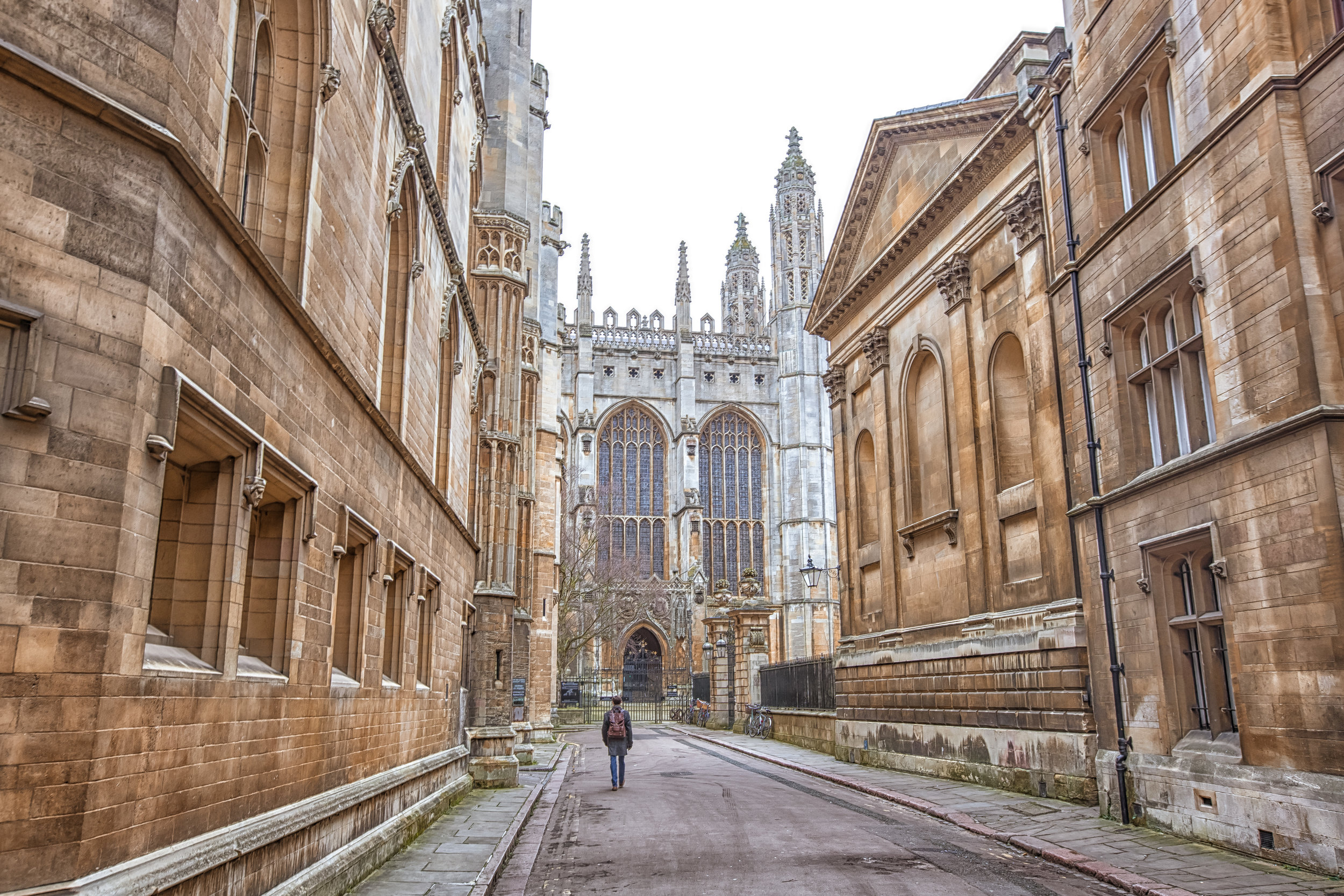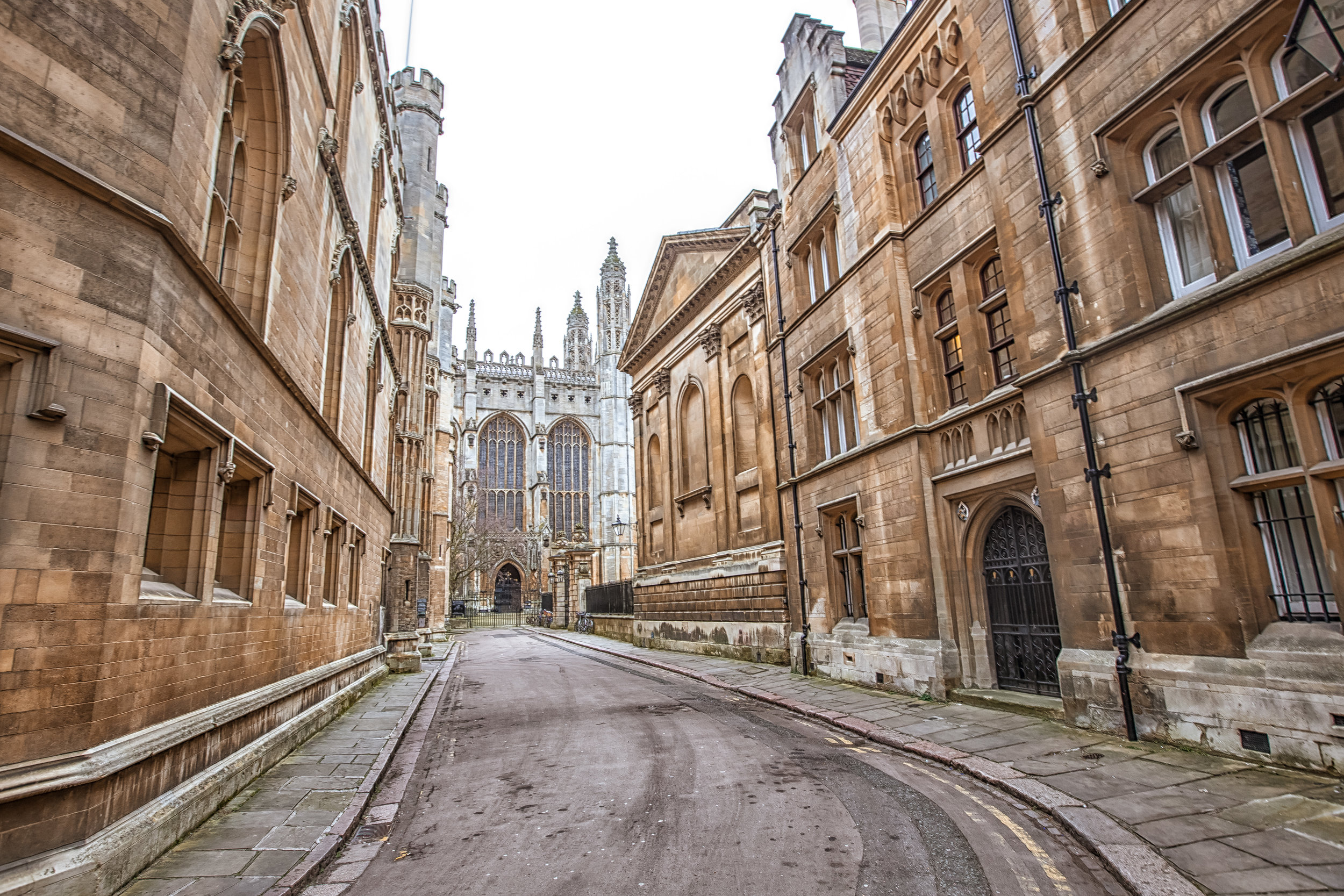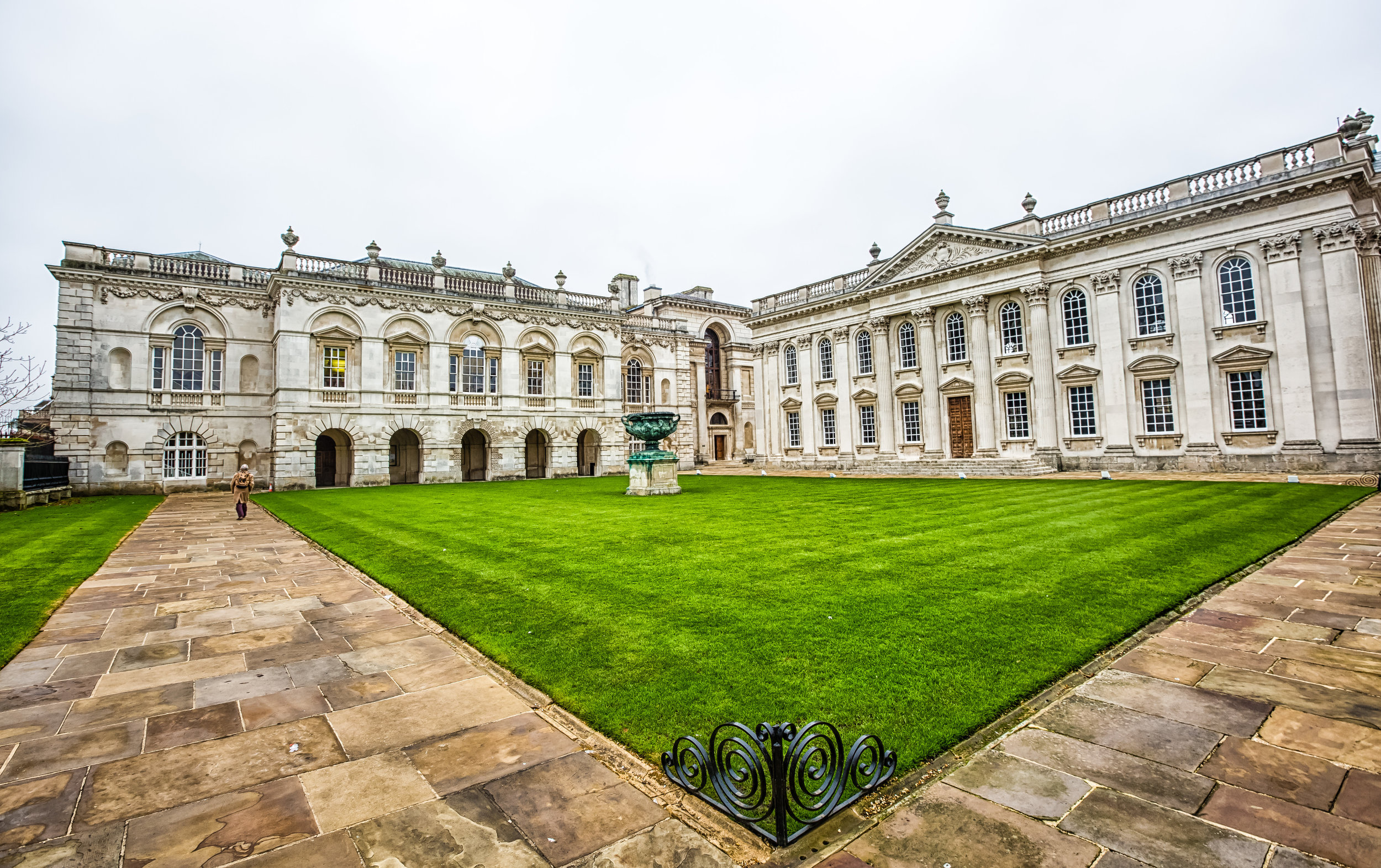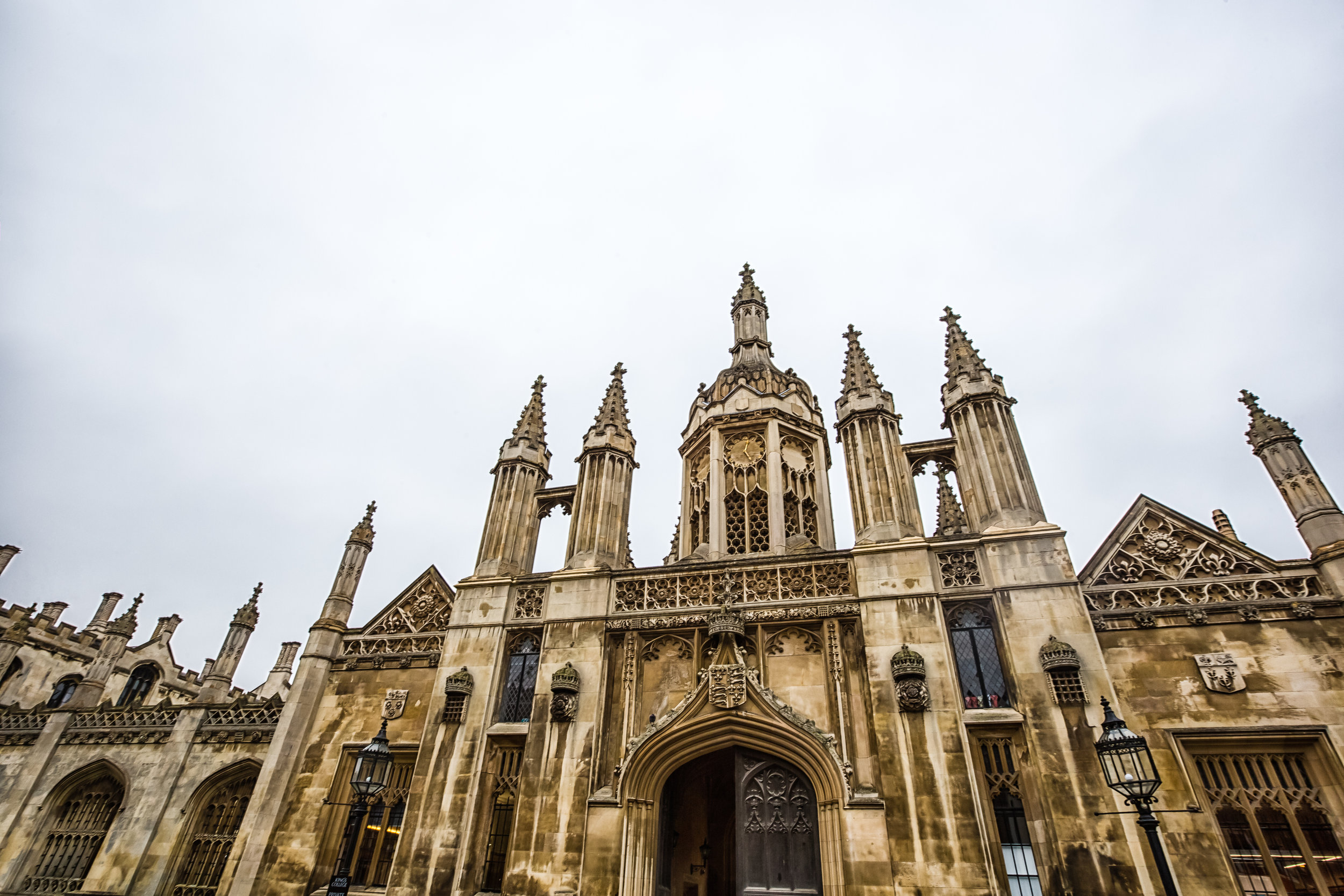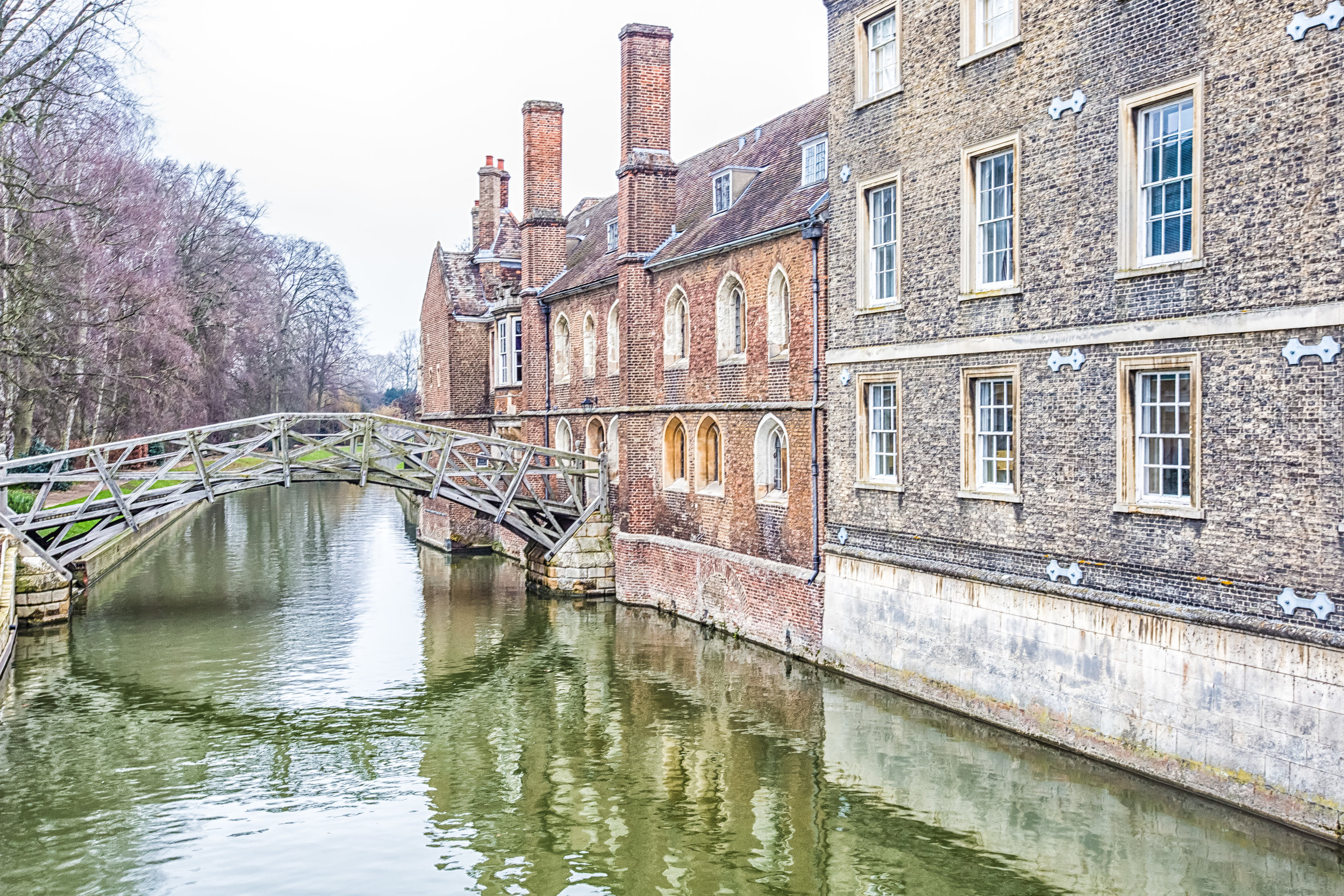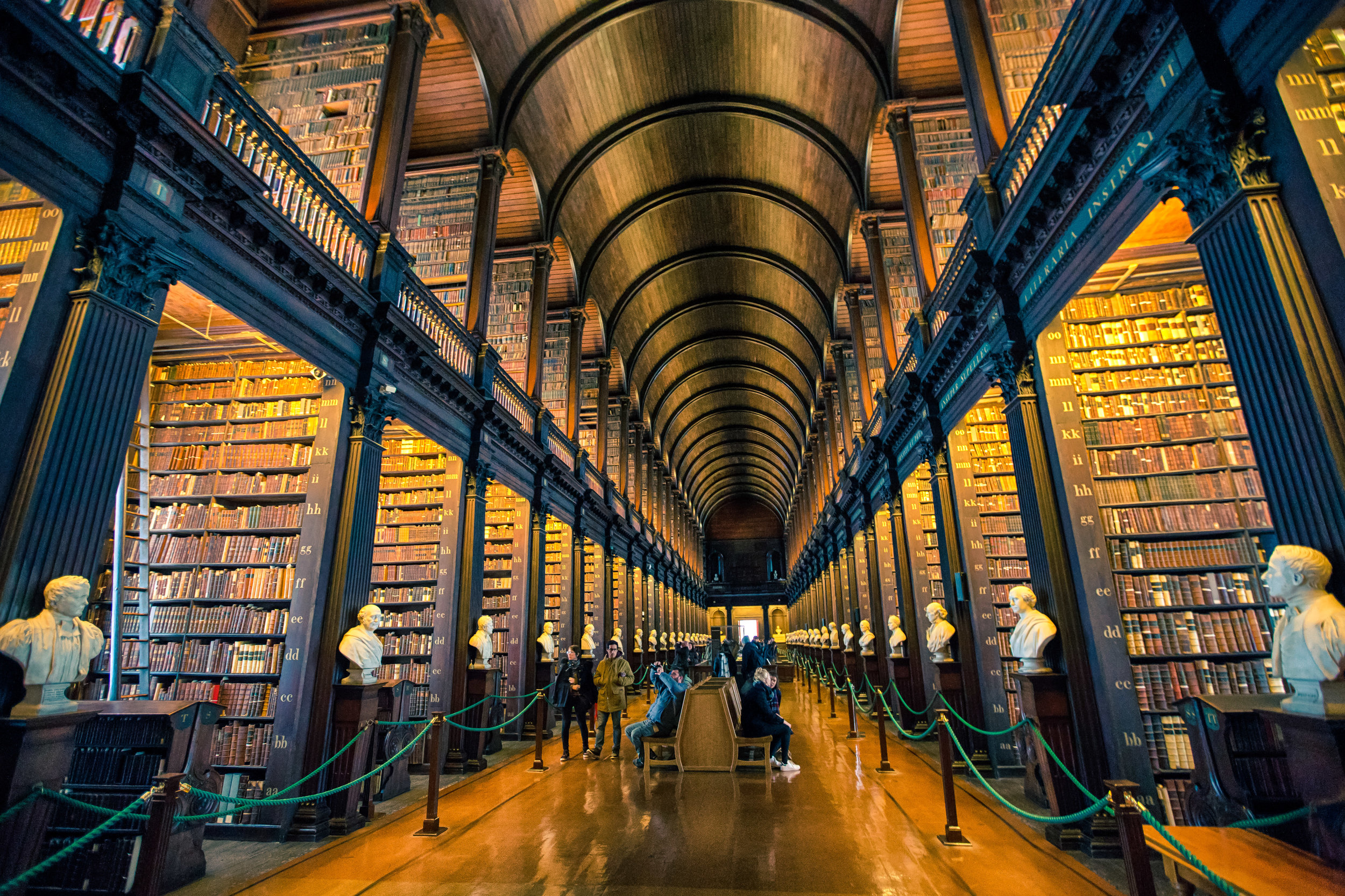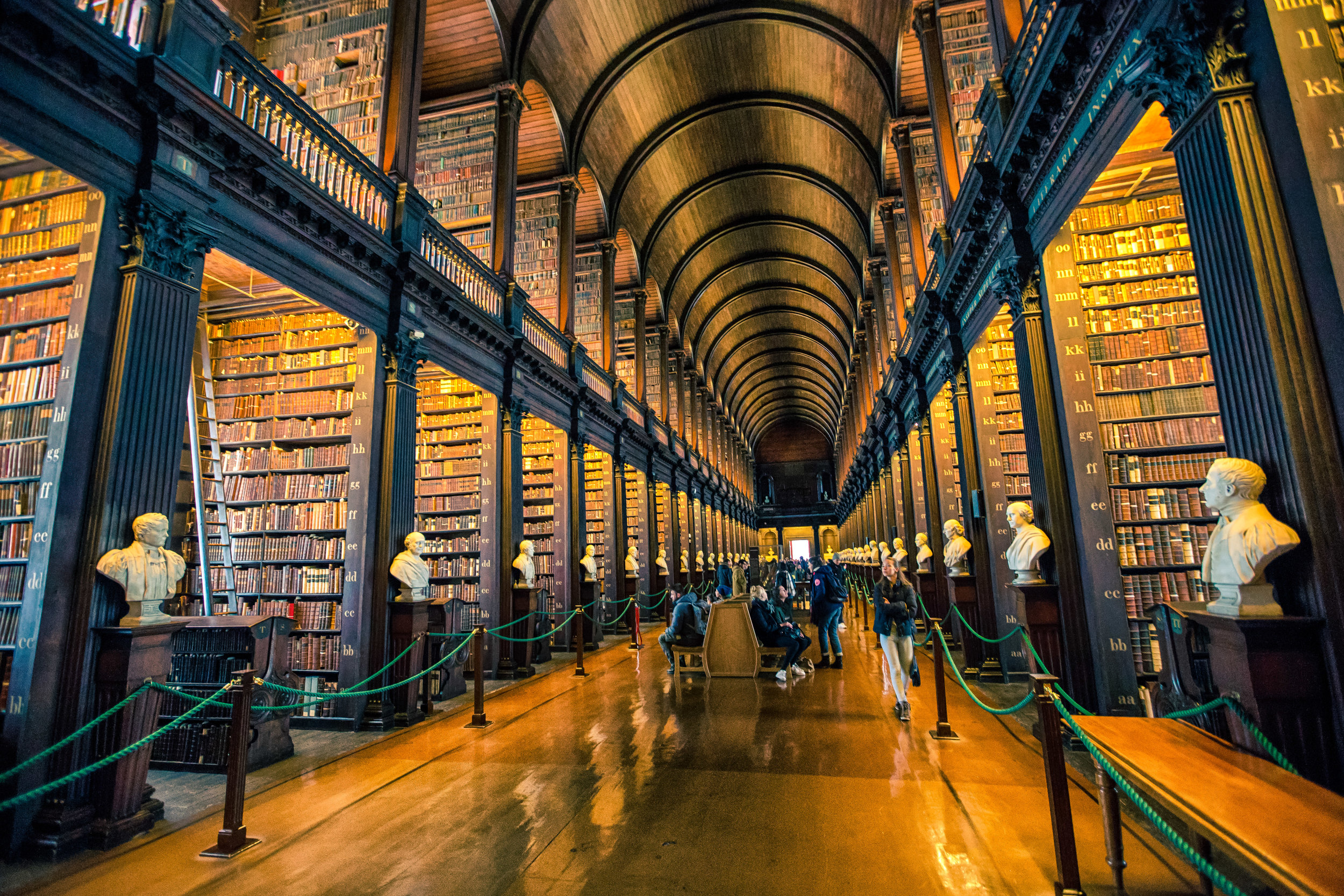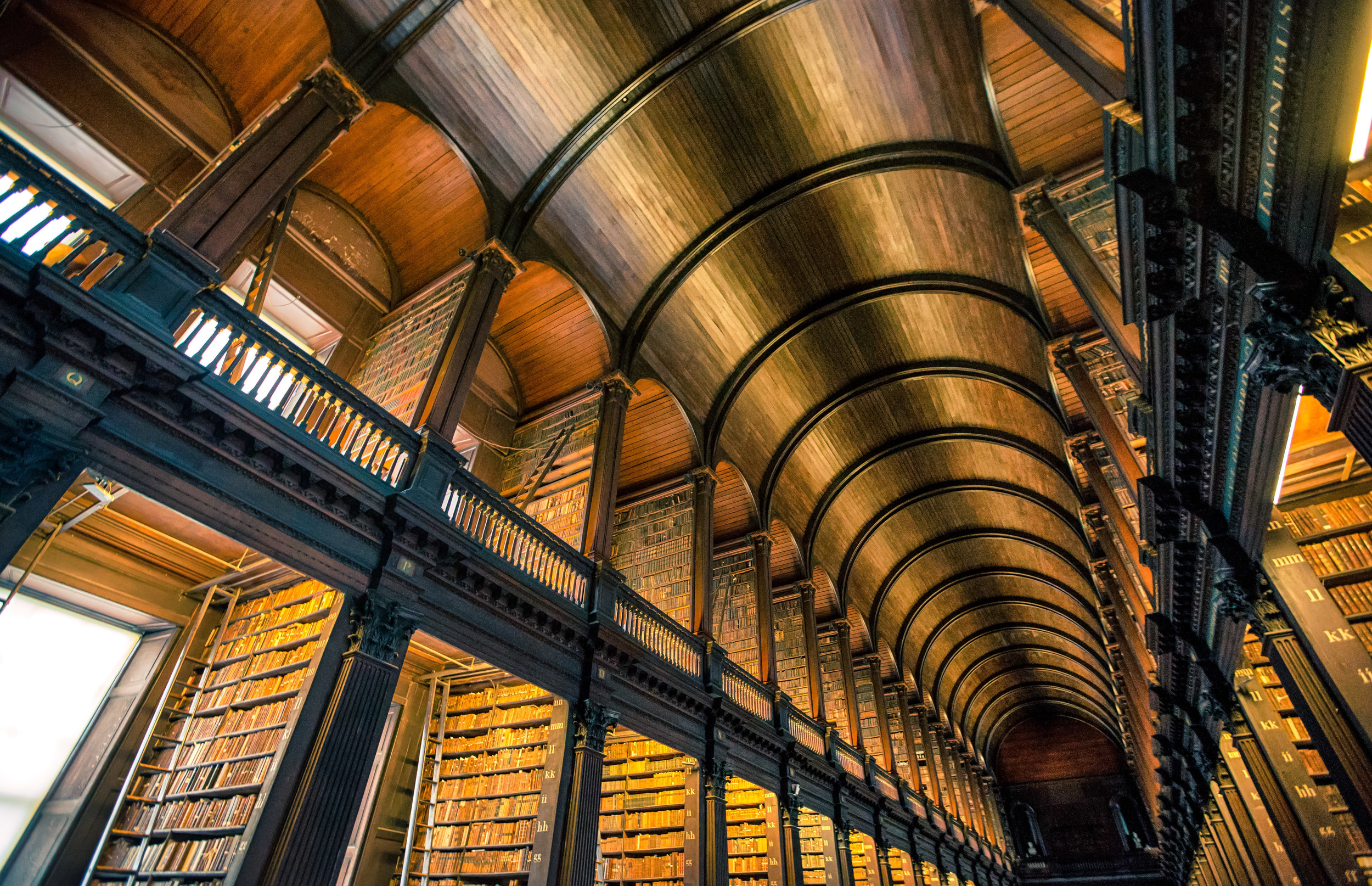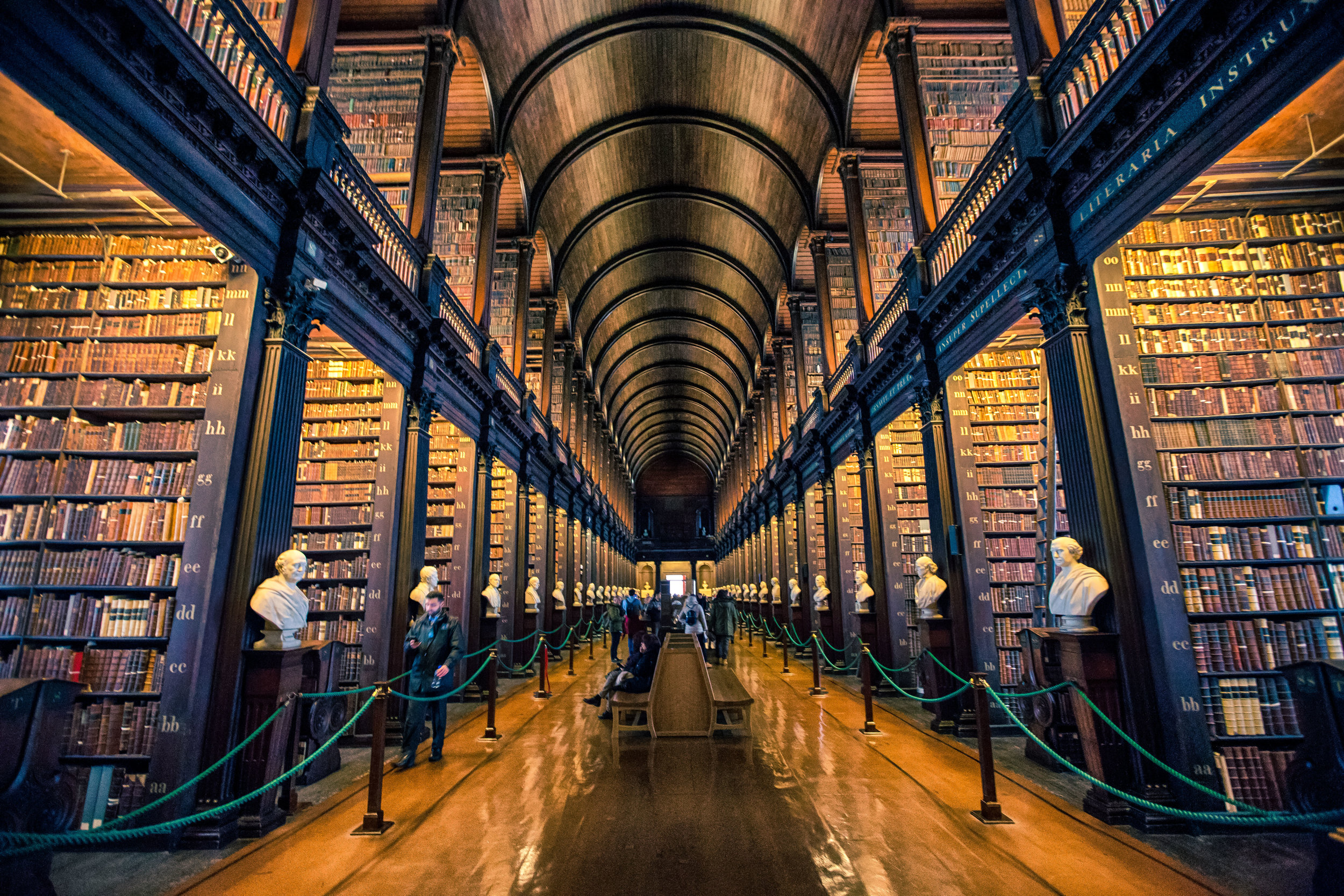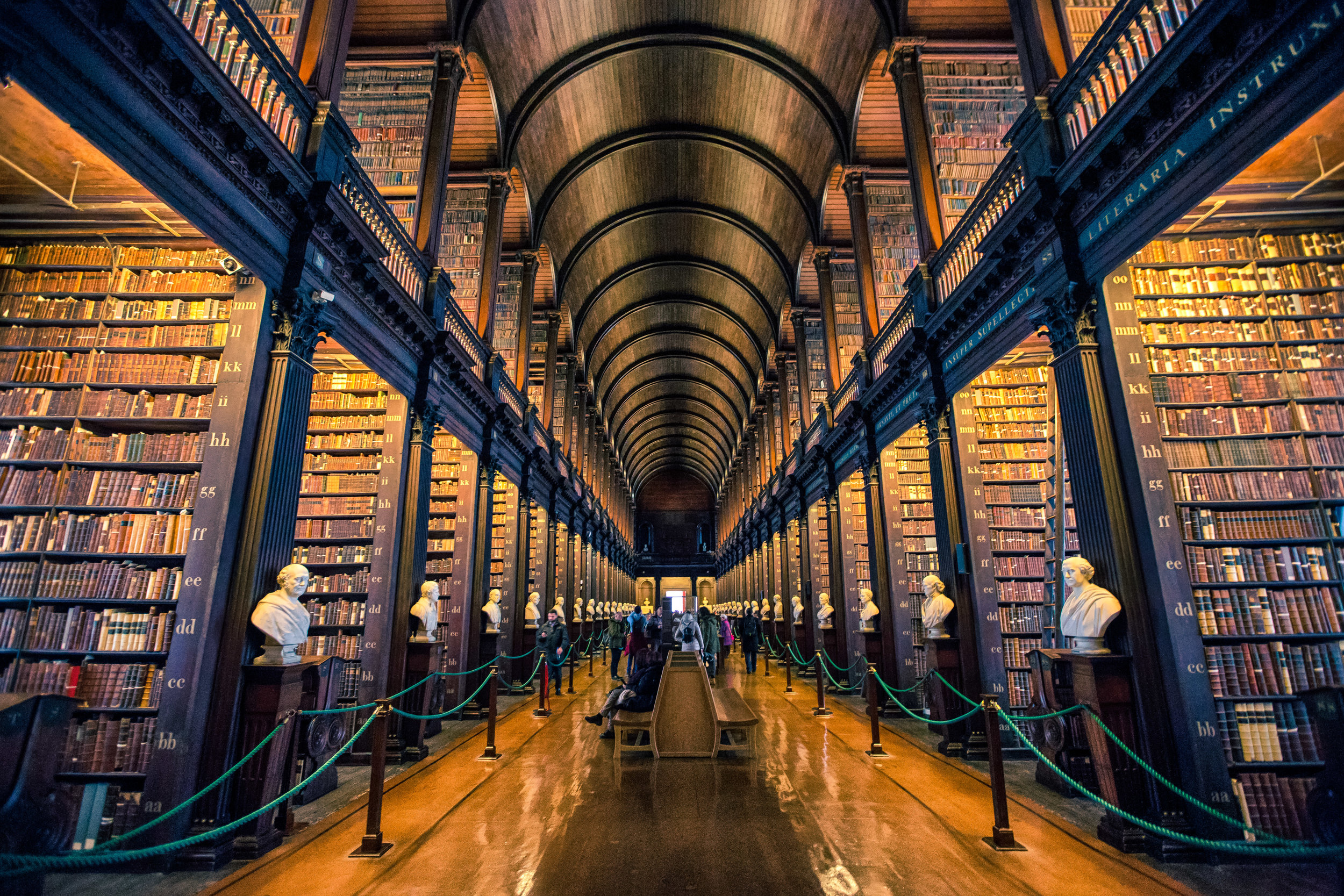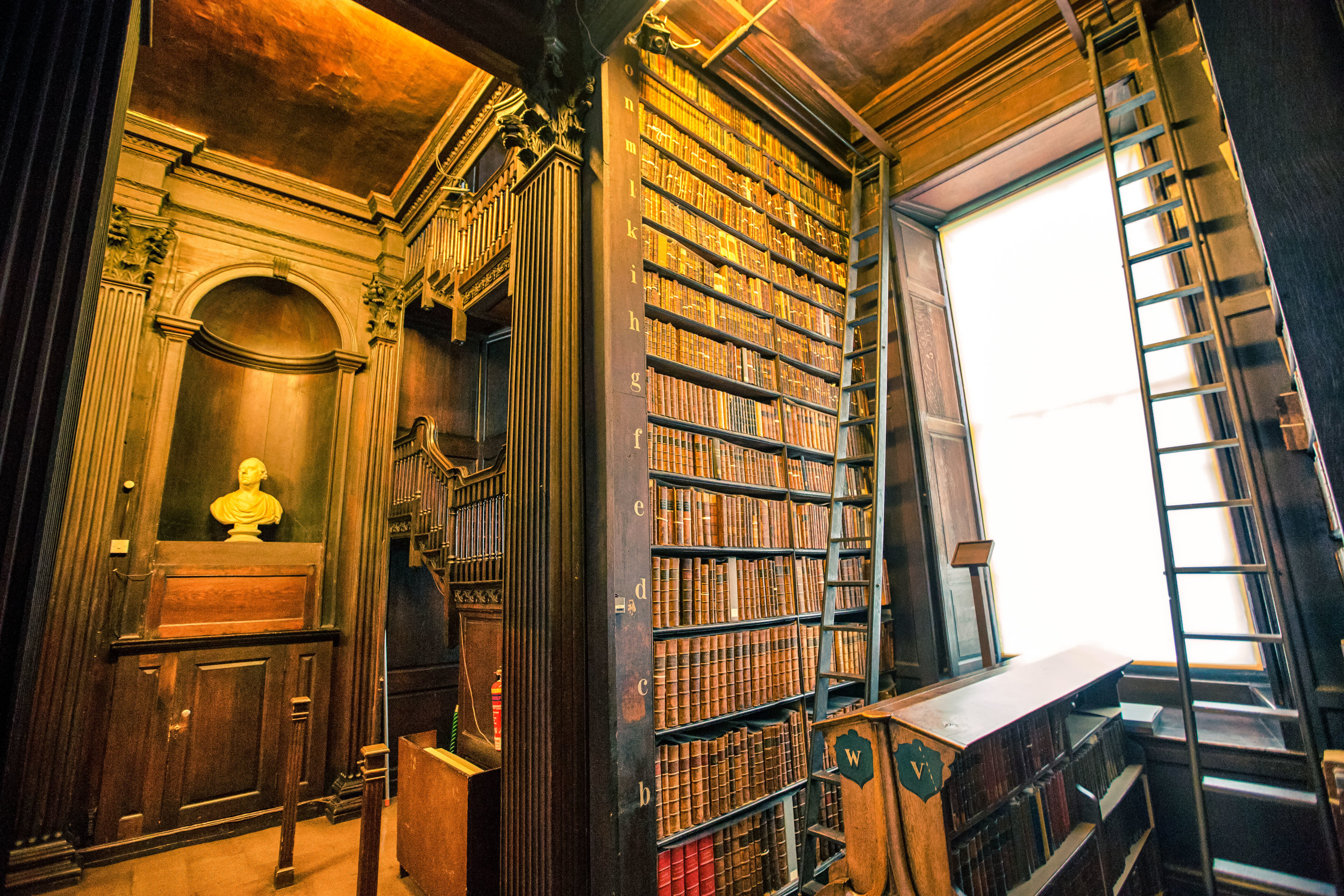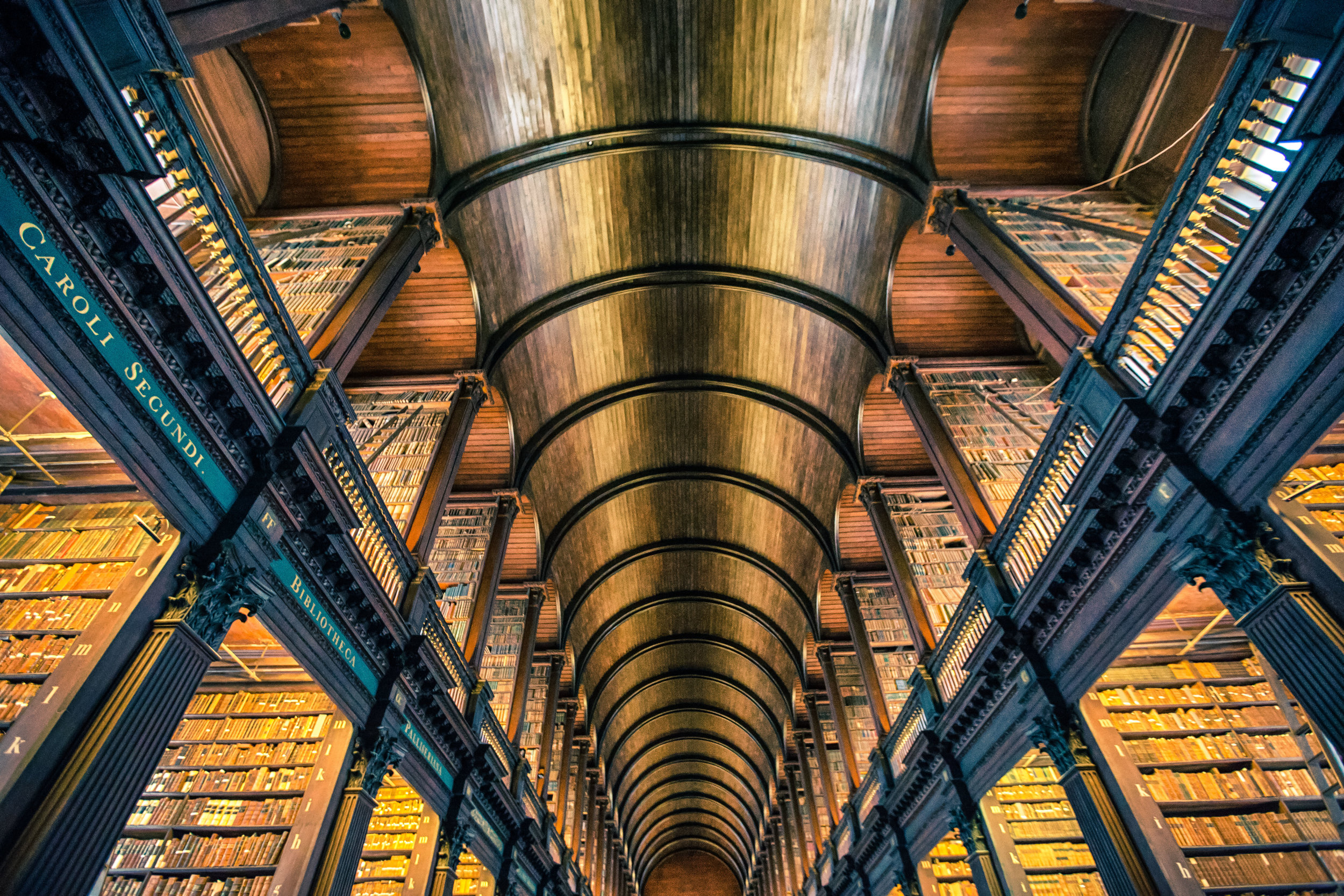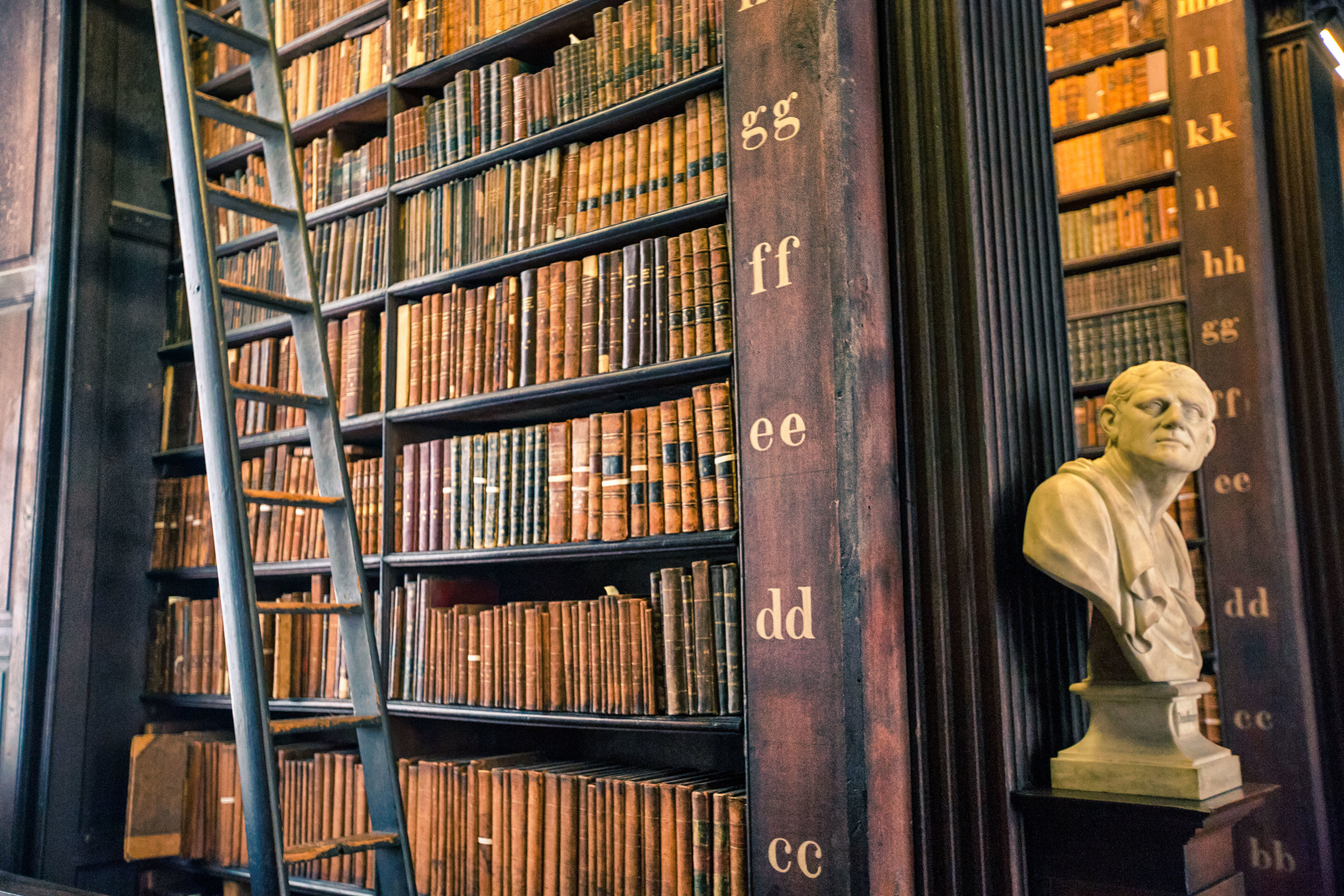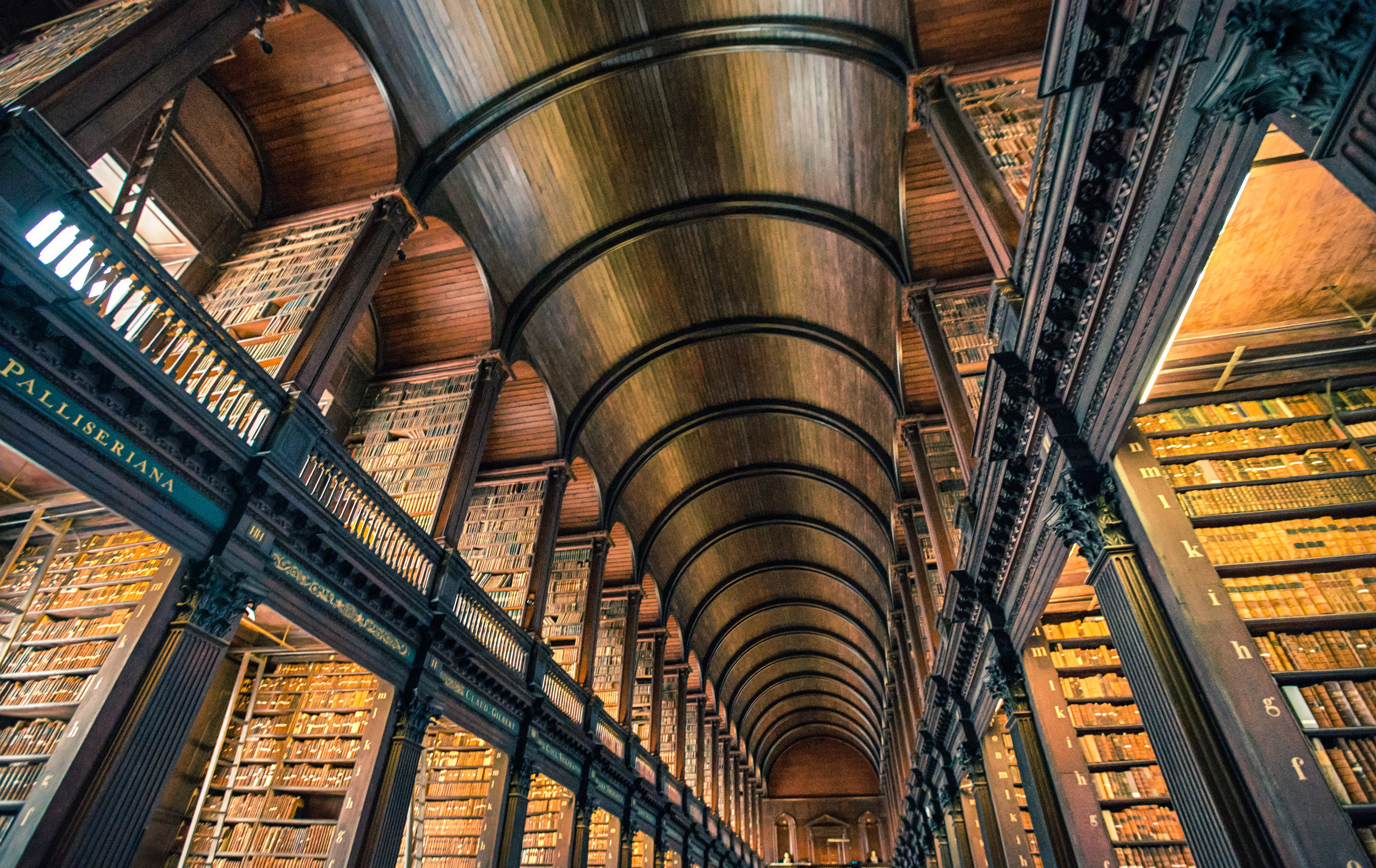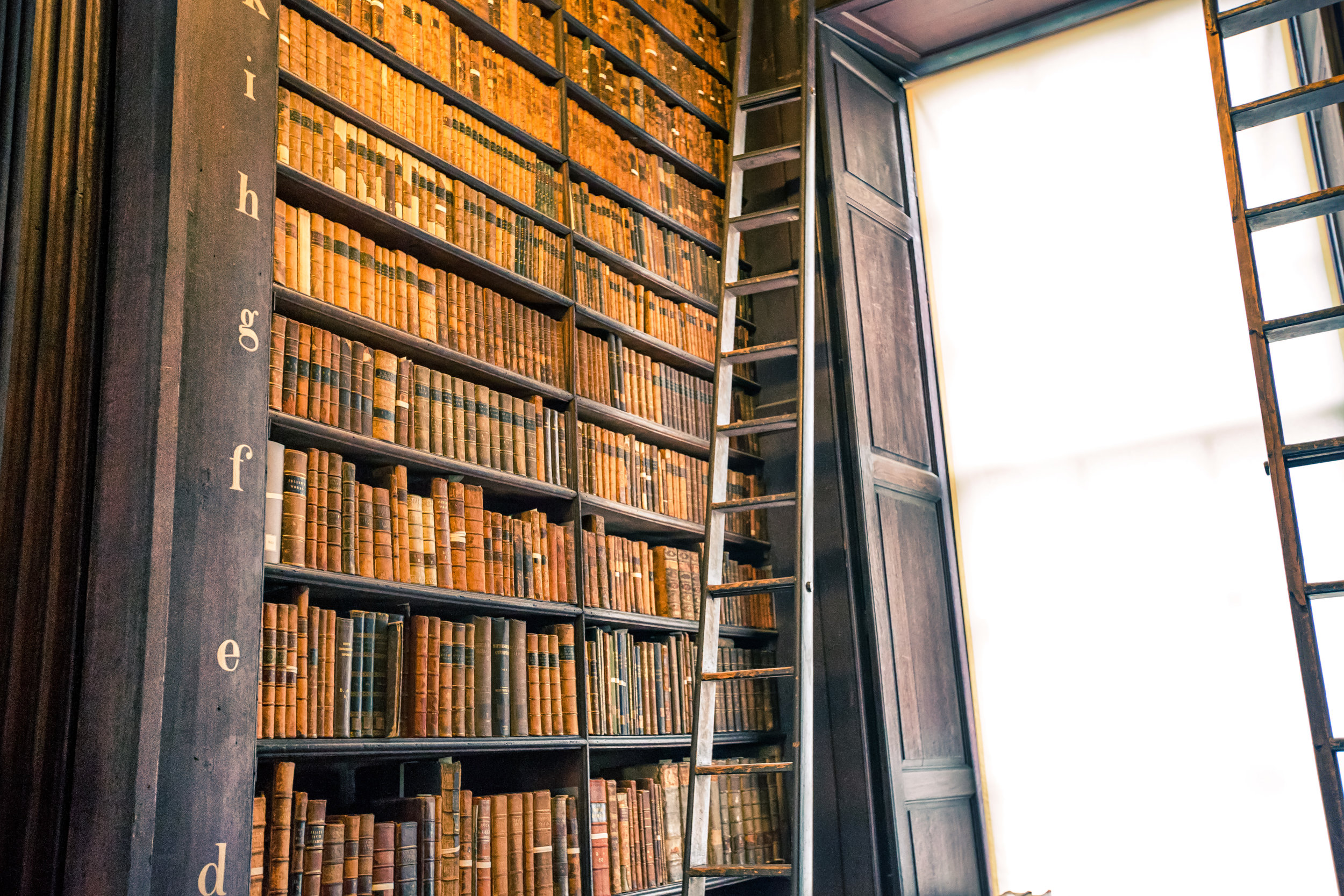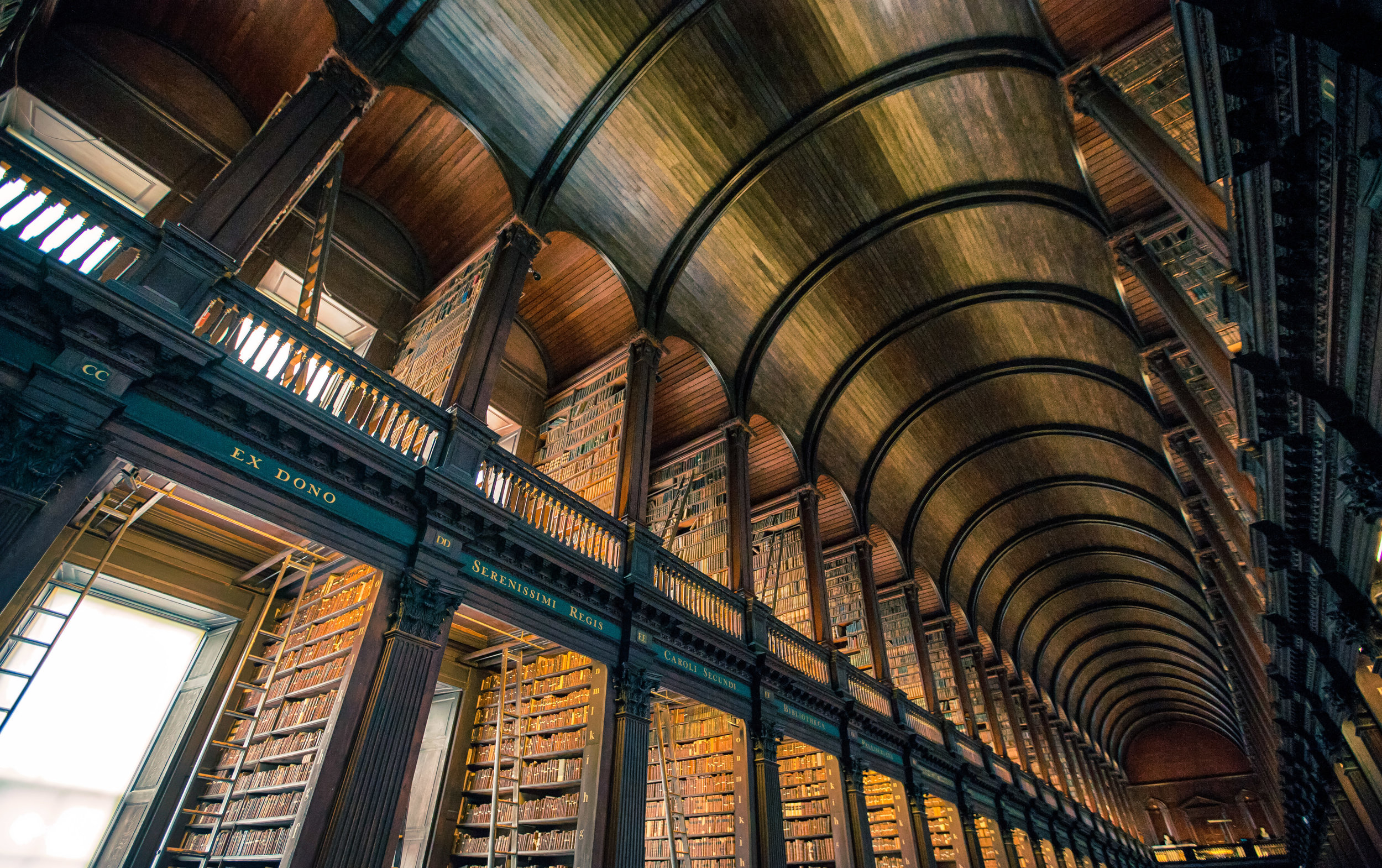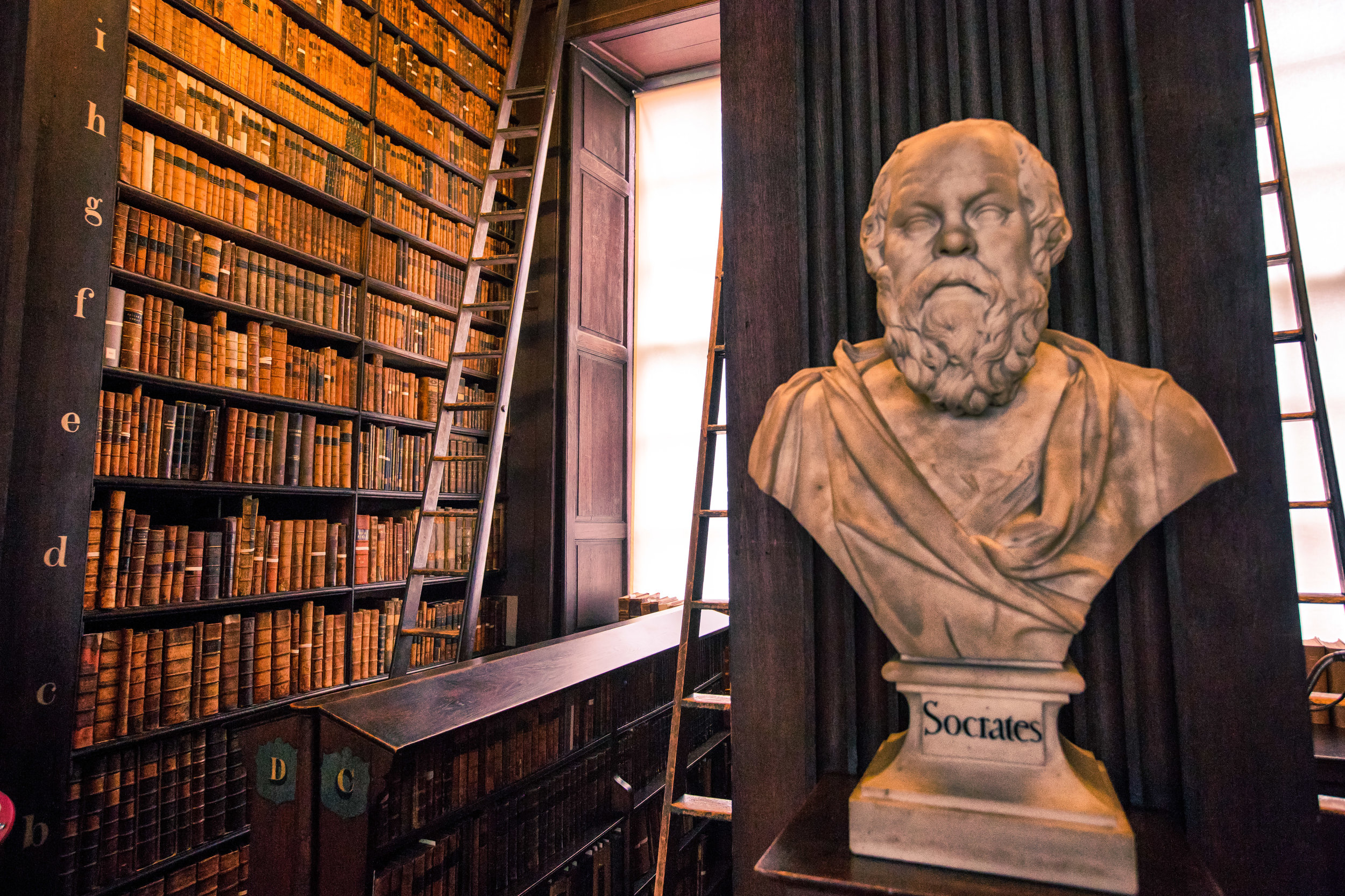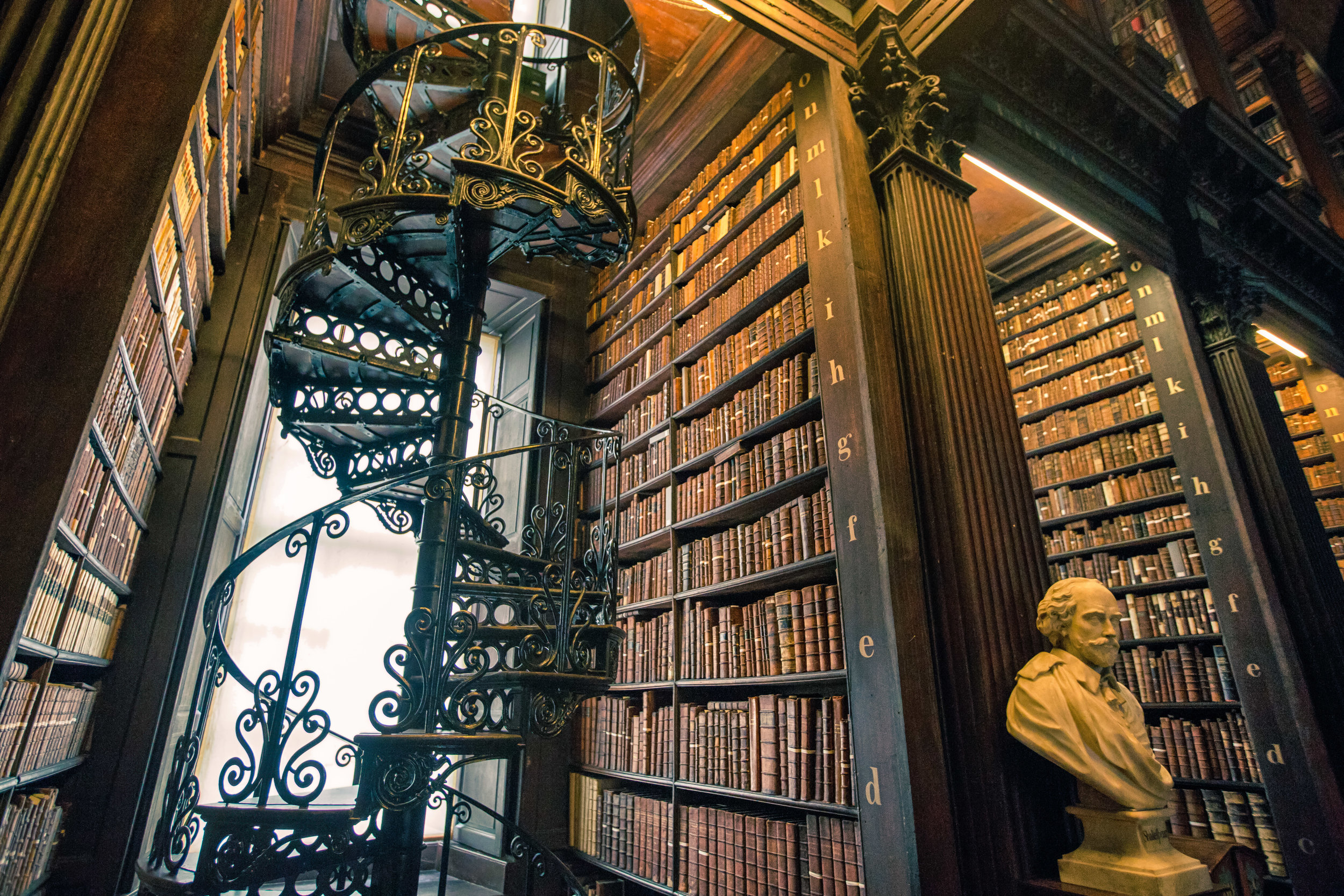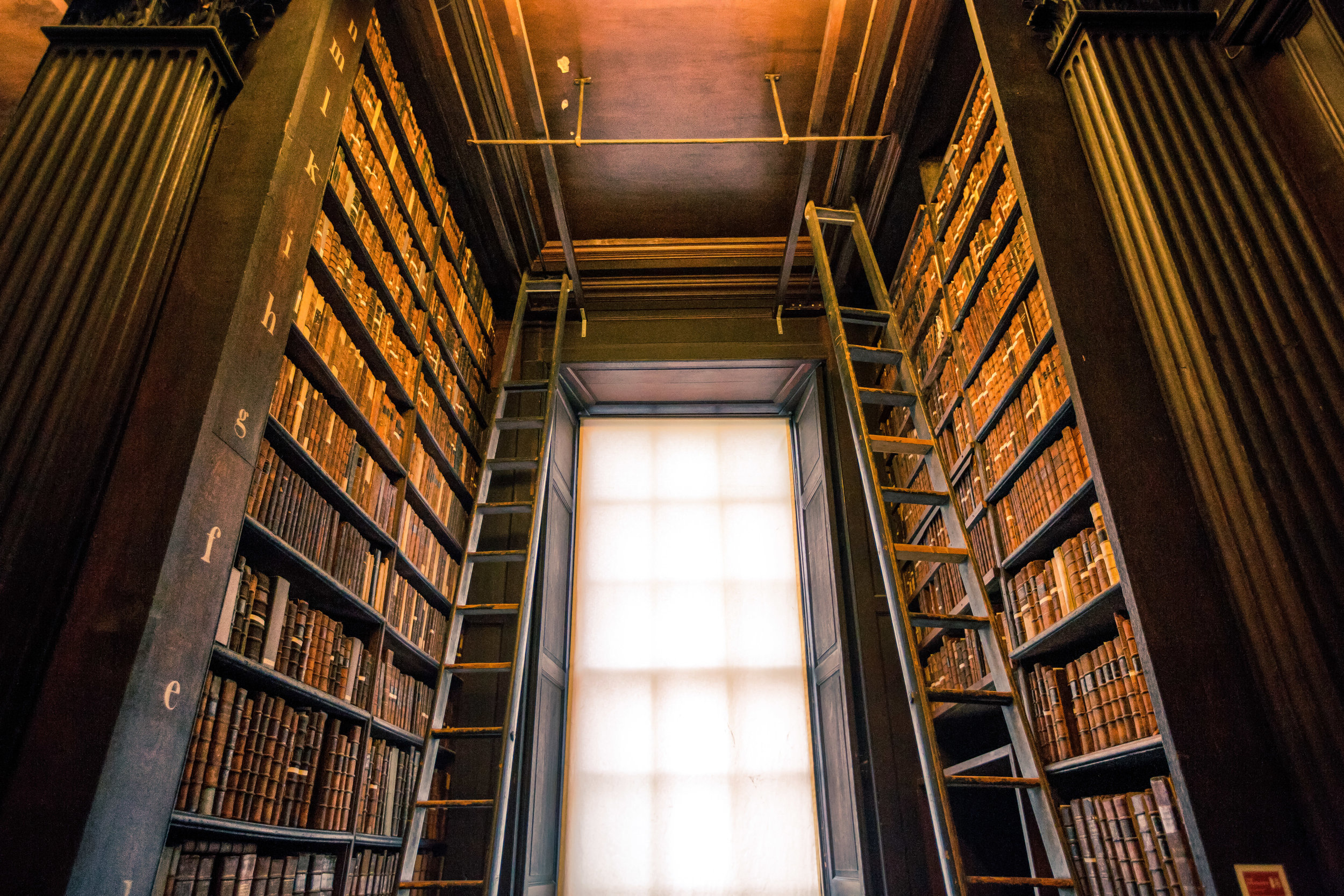My recent trip to London featured a well-planned and action-packed schedule that’d see us visiting a bunch of historic and cultural locations around the city. Our schedule however turned out to be just a little too over-enthusiastic as we ended up missing out on a few spots mostly due to the fact that I spent way too much time searching for bathrooms to pee in.
Even though I don’t come from Taiwan, I’ve become quite used to the convenience that this country (as well as my own) provides when it comes to travelling and the availability of public restrooms. You might say that I experienced a bit of culture-shock while visiting Europe as it was always an ordeal trying to find a place to relieve myself.
I could go on about this for a while, but I heard “I told you so” from my travel partner so many times that I'm a bit wary of bringing it up!
Despite having a tight schedule of places to visit in the city, we also planned a couple of excursions outside of the city and a day-trip to Cambridgeshire, to visit the world-renowned Cambridge University campus was one of them.
Our list of spots to visit in Cambridge was a bit more relaxed than some of the other days in London but the day started out a bit weird and although it turned out to be a great day, it was a bit of a strange one and one that I might consider a 'fail' for a seasoned traveller like myself.
We set out from our AirBnB in Whitechapel on an early Monday morning (which happened to coincide with the first day back to work after the Christmas and New Years holidays). It would have generally been a busy morning for Londoners but it was made a bit more difficult (as we quickly found out) by someone “under the train” causing mass delays on the London Underground.
It was a bit strange to be standing on the platform at the Whitechapel Underground station hearing announcements (that seemed to be a little too lighthearted) that someone had jumped in front of a train and ended their life. Nevertheless trains were delayed and when we arrived at London’s King Cross Station we had already missed our scheduled train. Luckily we only had to wait half an hour for the next express train.
When we arrived in Cambridge and exited the station we were met with quite a few tour guides who wanted us to enlist their services. We decided however that we’d just keep walking and make our way to the university area of town. We had a few places that we wanted to visit, but having a tour guide or joining a group wasn’t particularly necessary - or so we thought.
Taking into consideration that the time we visited was during the middle of winter vacation, the town was eerily empty which meant that almost everyone we passed by was either working in the tourism industry or a tourist.
As a popular location for Asian tourists, the majority of the people we passed by on the streets turned out to be from China. It felt a bit strange considering that even though we were in a rural area of England, it was almost as if we were walking down the street in Taipei.
One of the reasons why Cambridge has become such a popular tourist attraction for Chinese tourists (apart from the fact that the university is one of the oldest in the world) is because it is the alma mater of one of China’s most prolific modern poets Hsu Chihmo (徐志摩). Hsu is well-known all over Asia and in one of his most famous poems wrote eloquently about the beauty of Cambridge and his days as a student there.
Link: Hsu Chihmo poem about Cambridge (徐志摩 - 再別康橋 Saying Goodbye to Cambridge)
When we visited Cambridge, from the information that we had read, we were under the impression that we could freely visit the campuses. We quickly found out however that things have changed. Most of the colleges now require guests to pay an admission fee to enter the grounds meaning that if you plan on visiting several of the colleges, like we did, you would have had to shell out more than 100 pounds ($140 USD) which seems a bit unreasonable.
Only after returning to Taiwan did I find out that in the past year or two the university has had to make some major changes due to tourists going a bit overboard. In some cases tourists have walked into classrooms during a lecture, wandered about around student dormitories, have caused too much noise, walked all over the grass and in the gardens and even accidentally causing a bit of selfie stick mayhem and violence.
Link: Cambridge college closes to the public after students found tourists wandering into their bedrooms (Telegraph)
In response, the university took drastic action to solve the problem of misbehaving tourists by charging a fee to enter the school grounds which seems to have deterred large tour groups from visiting. Truthfully though, despite paying money to enter some of the colleges we saw the same type of unruly behaviour on display which in retrospect makes me understand why such drastic action had to be taken.
Still, it’s unfortunate - The article I linked to above mentions that one of the colleges, which has been open to the public for over 700 years has had to (for the first time in history) close its doors to guests while others have decided to charge an admission fee and attempt to limit the activity of guests.
A Brief History
I‘m not going to spend a whole lot of time on the history of the university because that information is widely available online. What I will mention however is that the University of Cambridge was founded in 1209 and was granted with a royal charter by King Henry III (no, not THAT King Henry).
Cambridge is the currently the second-oldest English speaking university, the fourth-oldest surviving university (After Bologna, Oxford and Salamanca) and the fifth-ranked university in the world. Not too shabby.
Universities in the high middle-ages were a bit different from the places of 'higher learning' that we’re familiar with today in terms of how they were set up and the functions that actually provided. To explain the history of Cambridge University though, we have to start with its predecessor Oxford University which was founded a bit earlier in 1096.
The universities of the day were set up by what were known as “wandering scholars” who would settle in towns and attract students. In order to get what we consider a 'degree' today, students had to seek out the scholars and study under them.
When it came to the 'wandering scholars', it was always safer for them to congregate in a town with other scholars (which created university-like communities) but that often created a situation that segregated your average townsfolk from the scholarly community. This segregation became known colloquially as ‘Town and Gown’ and special privileges were offered to scholars according to the law which was something the townsfolk weren't really big fans of.
The relationship between the University of Oxford and the city of Oxford has always been a rocky one with a history of several outbreaks of rioting and violence. One of the most violent outbreaks of violence occurred in 1354 when students were drinking at a local tavern and accused the bartender of serving them “indifferent wine” which resulted in three days of violence with students being murdered and the colleges ransacked.
A much earlier ‘Town and Gown’ conflict in 1209 forced a number of scholars and their students to flee the town and look for a new location to set up shop which is where the history of the University of Cambridge begins.
By 1226 the scholars in Cambridge had organized themselves in much the same way as they had in Oxford by offering regular courses and even electing a chancellor to lead them. This resulted in support in the form of a royal charter from King Henry III in 1231.
Like Oxford, the people of Cambridge have had their fair share of conflict with members of the university resulting in several outbreaks of tension and violence. Surprisingly, each time tensions arose, the university was awarded greater civil authority.
Today even though the situation between the university and the townspeople has become a bit fairer, tensions still arise from time to time, especially when it comes to tourism which inconveniences residents who reap very little economic benefit.
Without going into much more detail, today the university consists of 31 colleges with over 100 academic departments and an enrolment of over 31,000 students. The university has one of the largest endowments in the world and is the wealthiest university in the whole of Europe.
Trinity College for example recently flexed its financial muscles by purchasing a fifty percent stake in Tesco, the UK’s largest supermarket chain for more than 600 million USD!
The university is well-known around the world today for its Cambridge University Press, which is the world’s oldest publisher and is a world leader when it comes to English Language education.
The town of Cambridge is home to over a thousand protected historic buildings that are predominately part of the university or its constituent colleges with many of them dating back to the 11th century. With that many historic buildings, you'd have to spend a considerable amount of time to see even a fraction of them.
Unfortunately due to the fact that most of the colleges at Cambridge have started charging admission fees, its not really possible to see as much as in the past. This means that unless you have endless amounts of cash to throw away for admission fees, its going to be important to do a bit of research beforehand so that you know exactly where you want to visit and how you’re going to spend your time.
Luckily, even though we had no idea that colleges were charging admission fees before our visit, we didn’t let that ruin our day as we had some specific places in mind that were must-visit locations. This meant that we spent our money on the places we wanted to visit and unfortunately missed out on some of the others.
St. John’s College / The Bridge of Sighs
Cambridge couldn't really be called "Cambridge" without any of the over twenty bridges that pass over the River Cam. The small town is full of bridges old and new that serve both the citizens and students that live in the area. The bridges in the town are a mixture of old and new with some of the historic bridges dating back as far as the 18th century.
One of the main attractions as well as one of the most well-known bridges in town is that of St. John’s College’s “Bridge of Sighs” which connects the college on both sides of the river. The covered arch bridge is a Grade I listed structure that was constructed in 1831 and was designed in the Neo-Gothic style by famed English architect Henry Hutchinson.
Unfortunately, tourists aren’t able to cross the Bridge of Sighs as it is in a private area of the college and is only accessible to students and professors. You’re probably not going all the way to Cambridge just to walk over the bridge though, right?
Luckily the college still allows tourists to access the nearby Wren Bridge, which offers up great views of the Bridge of Sighs allowing for some really nice photos to bring back home.
Protip: You can also get closer shots if you take a ride down the River Cam on one of the tourist punts.
To view the Bridge of Sighs you’re going to have to pay the £10 entry fee (cash only) which might seem a bit steep for a bridge, but that fee also includes the tourist-designated areas of St. John’s College, which is one of the prettiest areas of Cambridge University and is home to a beautiful college chapel.
The Chapel of St. John’s College, which was completed in 1869 is one of the tallest buildings in town with a fifty meter tall bell tower and is one of the most recognizable buildings in the area. St. John's College is world-famous for its college choir which has performed at daily services at the chapel since the 1670s.
Unfortunately I visited during winter vacation, so I wasn’t able to hear the choir perform, but to make up for that the chapel was quite empty and I was able to get wide open shots of of the interior of the massive building.
The chapel is set up like a lot of the other historic cathedrals that I visited on my trip to England, but one of the things that I loved most about this one was the intricate designs on the ceiling and how it wasn’t cluttered with a bunch of stuff.
If you have a chance to visit, I’d highly recommend checking out both the St. John’s College Chapel as well as the beautiful Bridge of Sighs. I feel like if you’re travelling through the town, a visit here should definitely be on your itinerary.
Tips for Visiting
Cambridge is an excellent place to visit but like I mentioned above, there are a few things to take into consideration when visiting.
- The first thing you’ll want to consider is how you are getting to Cambridge. One of the easiest methods of getting there is by taking the high speed train from London’s King Cross station which takes a little over an hour. If you prefer to take a bus, you can take a National Express bus which may be a bit cheaper than the train, but will take over two hours to arrive.
- To Punt or not to Punt? Cambridge is a small town and it is easy to walk around, but most people will take a 'punt' ride along the River Cam which offers guests guided tours of the area. Taking a tour on the punts can vary in price depending on the season, so you may want to do a bit of research before making a decision on it as prices aren’t set in stone and some of the boats may want to take you for a ride in more ways than one!
- One of the most important things to take into consideration is that while most of the colleges are open to the public, quite a few of them now require visitors to pay an admission fee, so if you are travelling on a budget, its a good idea to do a bit of research in advance to decide on which locations will offer you the best experience.
- How long should you stay? Some people might think that they should spend a few days in Cambridge to see as much as possible. Personally, a day trip was good enough. I spent the better part of nine hours walking around the town and thought I had more than enough time to see everything that I wanted to see. I didn’t visit during a particularly busy time of year however, so more time was spent sightseeing than relaxing in one of the many coffeeshops or having lunch.
My day trip to Cambridge was an enjoyable one and even though I was in for a bit of a surprise when I arrived, it was still one of my favourite stops on my England trip!
The historic college town has a lot to offer tourists and walking down the streets offers visitors a view into Victorian-era Britain where the architecture and attention to detail is clearly different than what we’re used to today.
If you have the time and money, try to visit as many colleges as you can - Take a guided tour, take a punt ride along the River Cam and get the most out of your visit!
Gallery / Flickr (High Res Photos)
